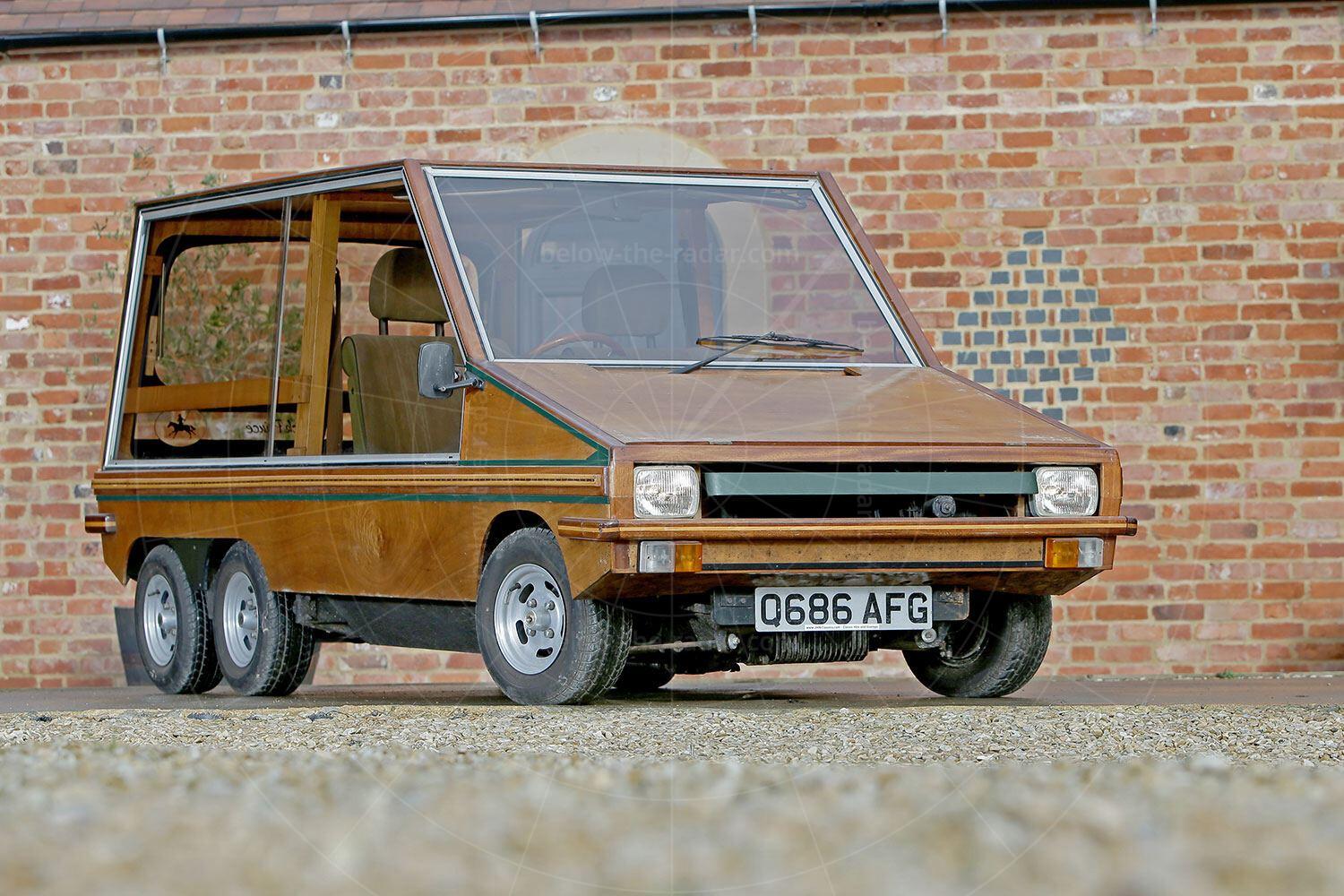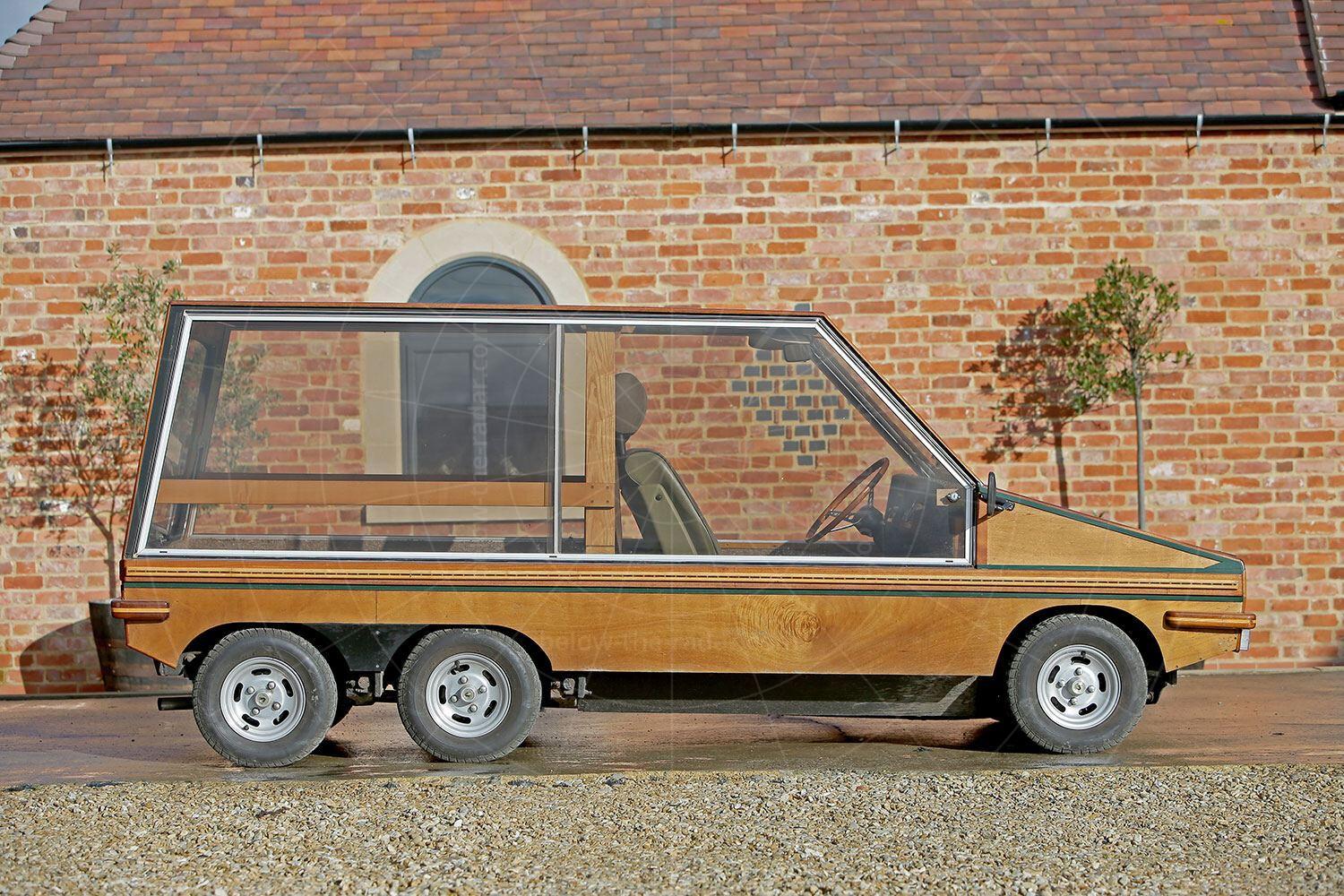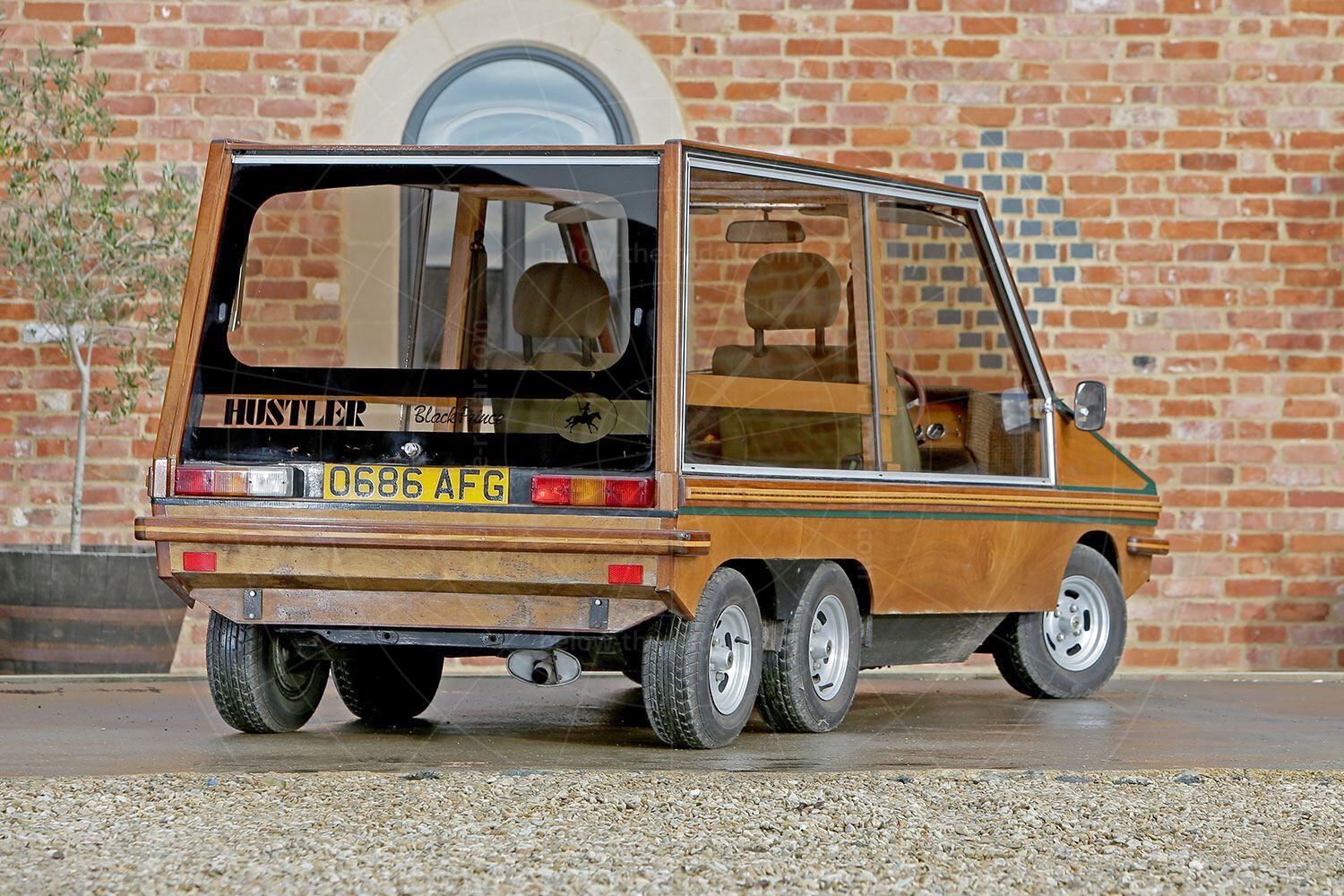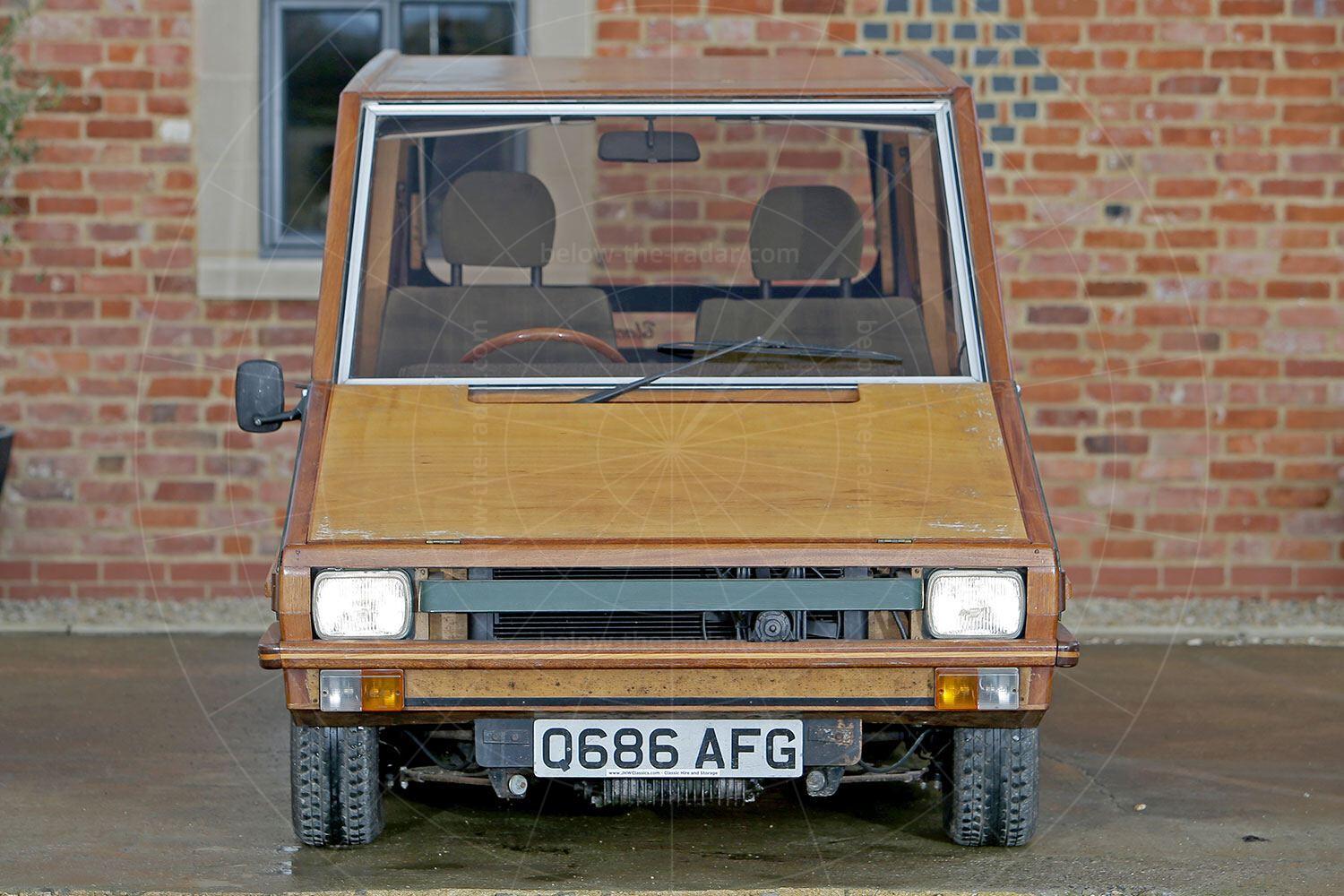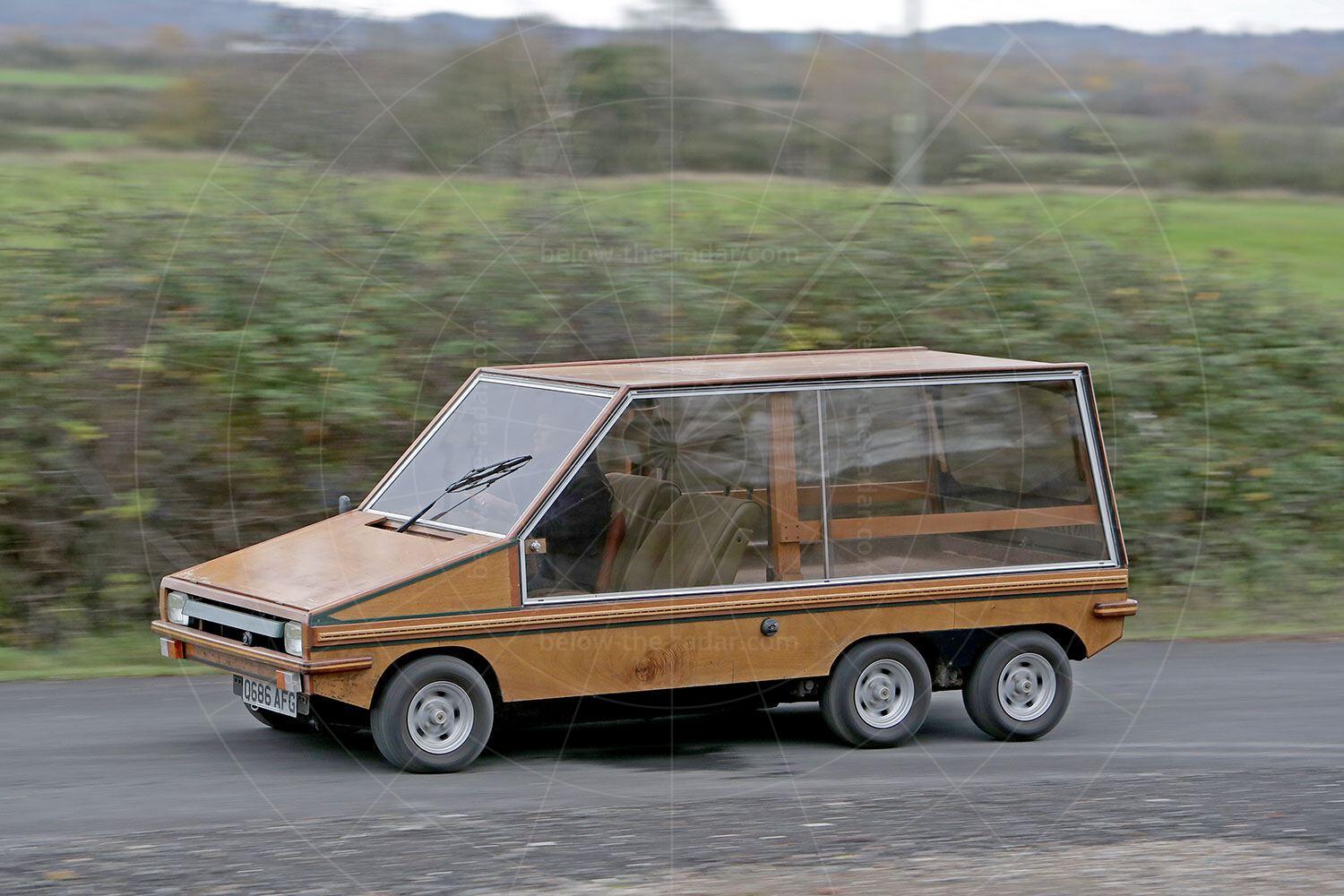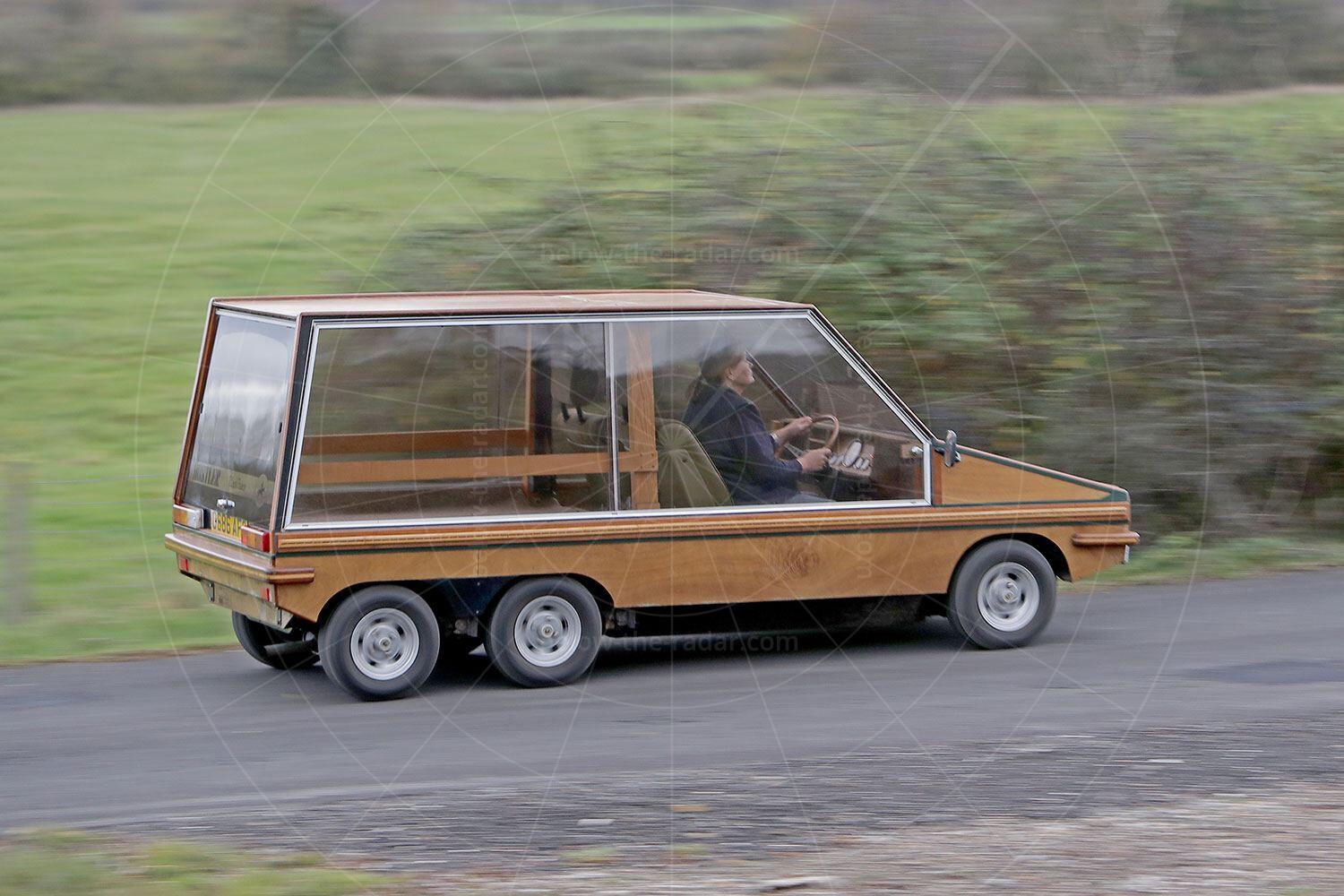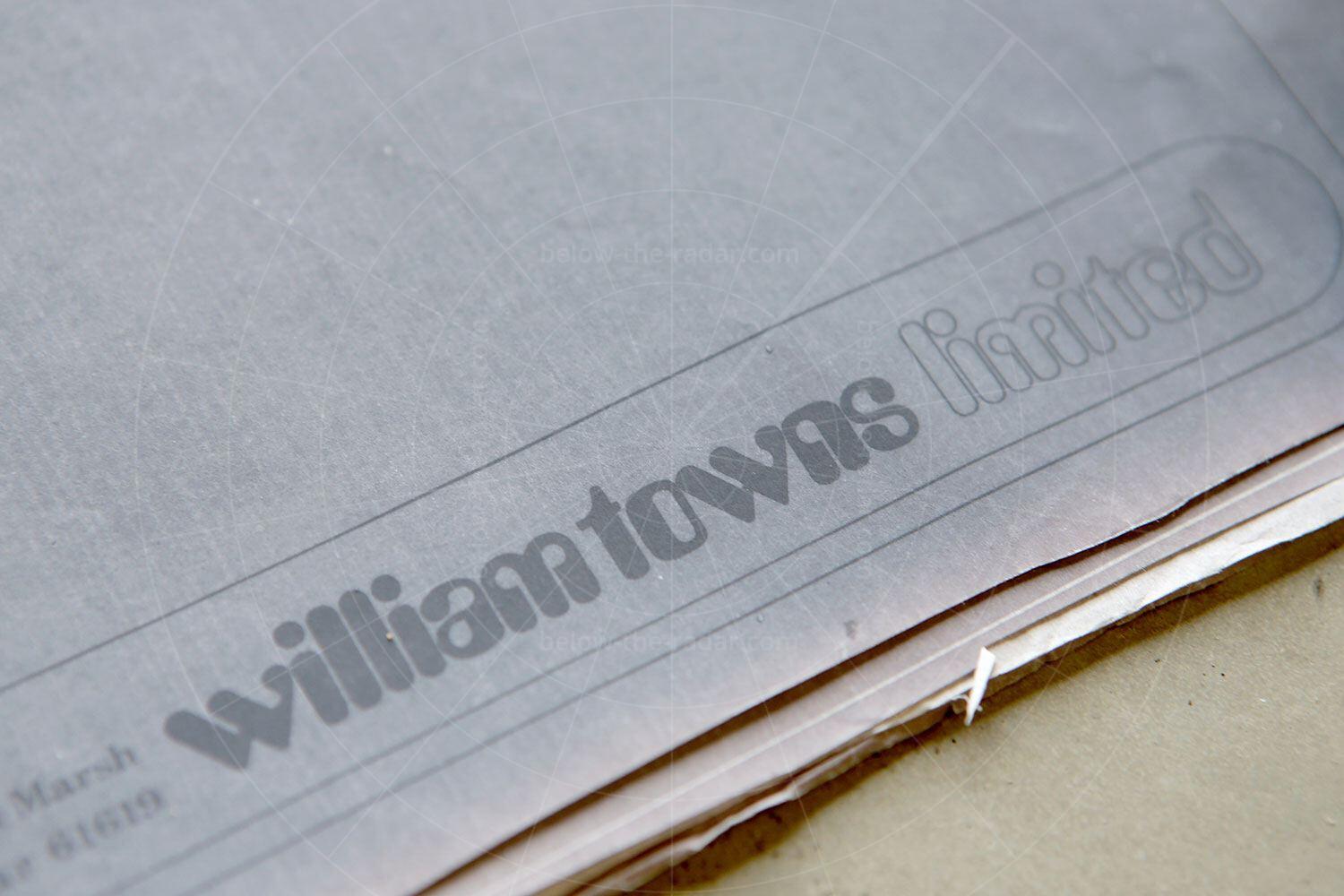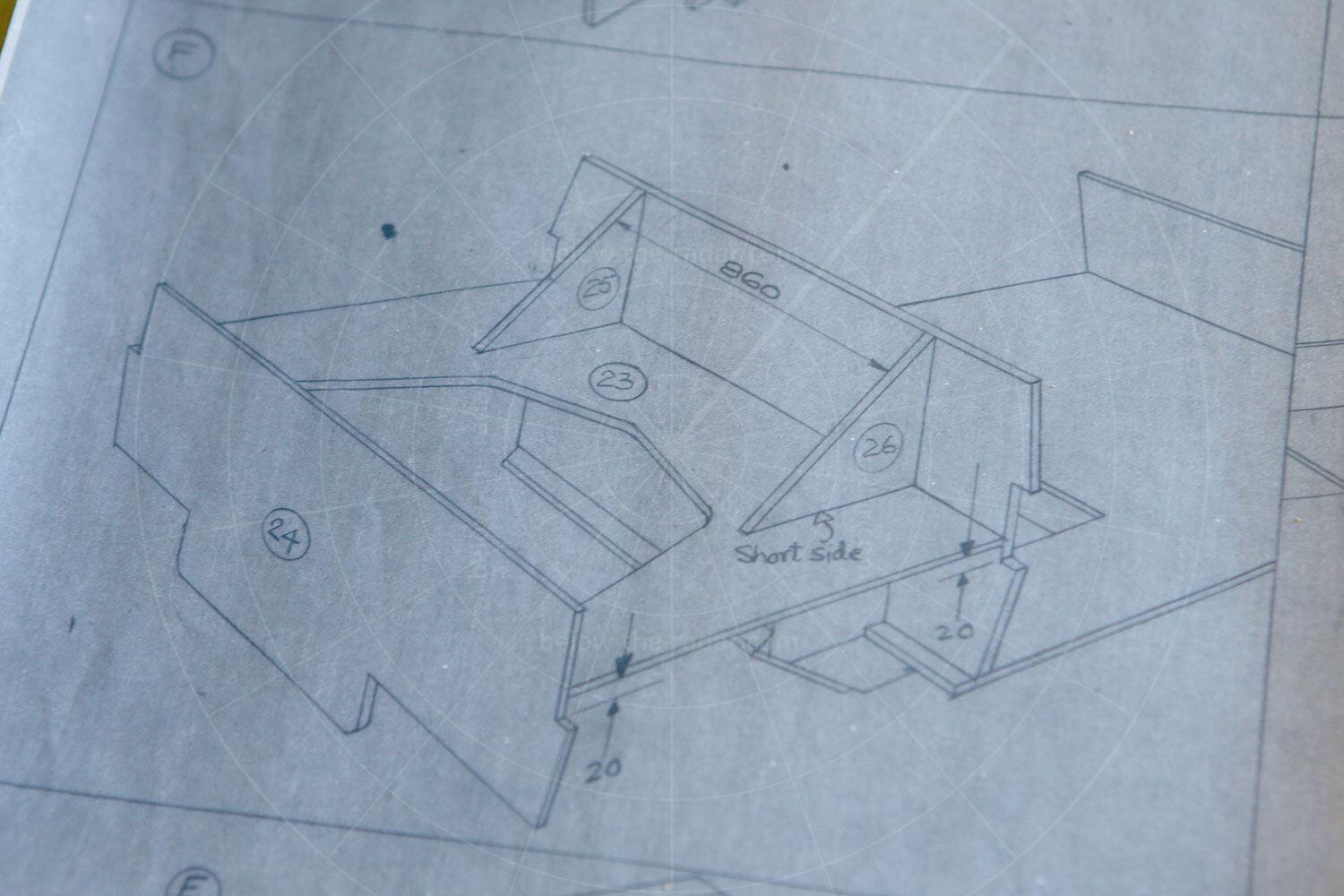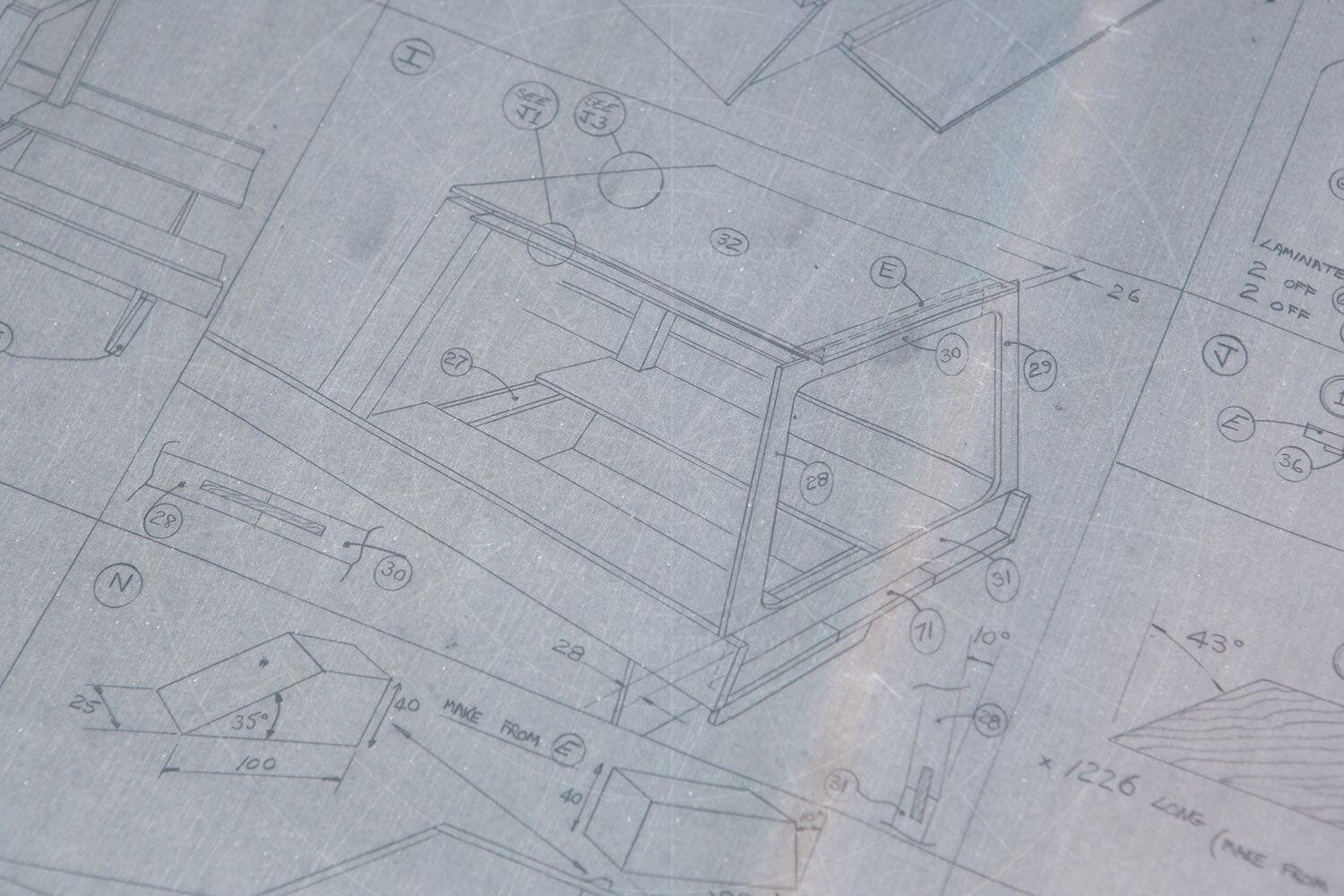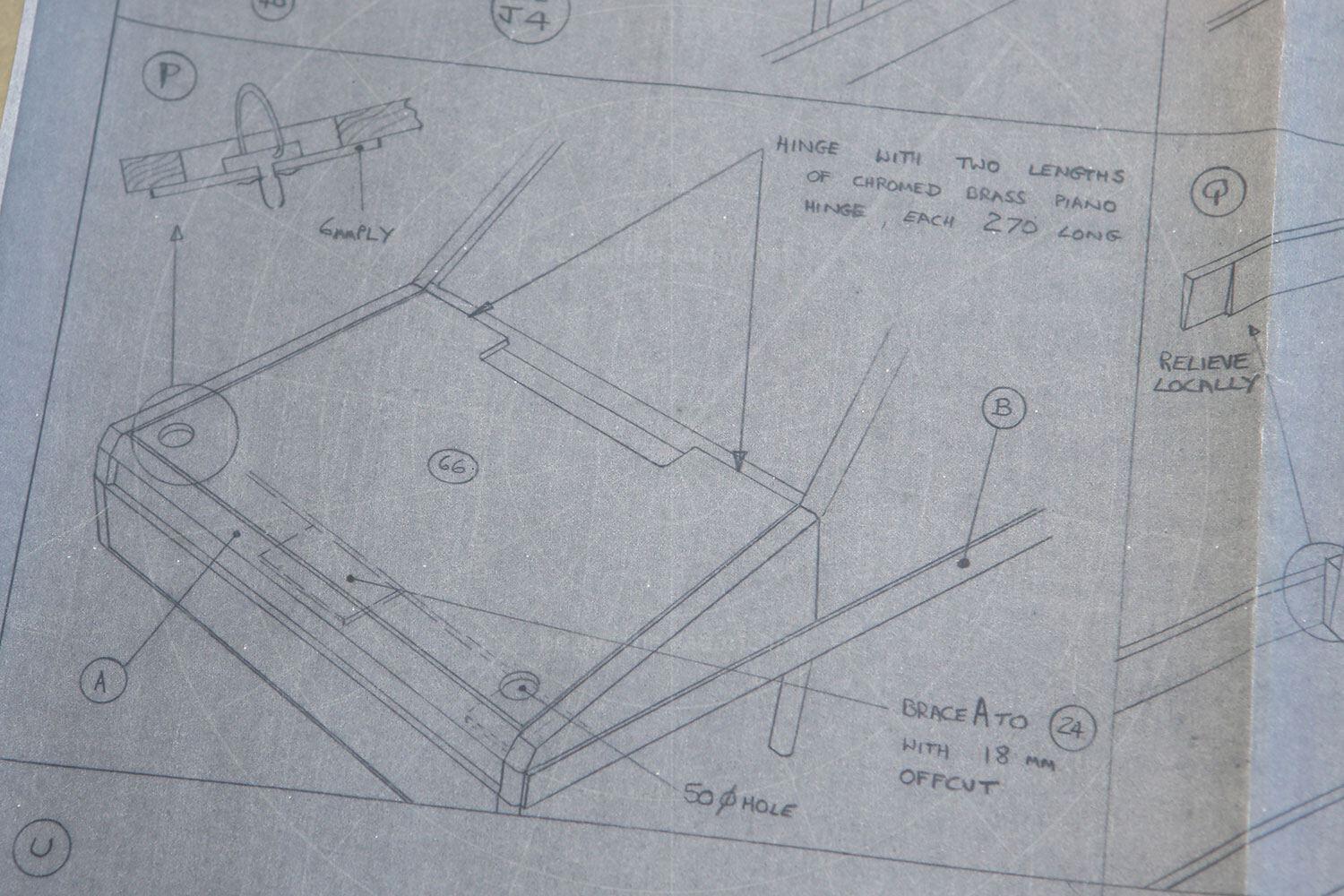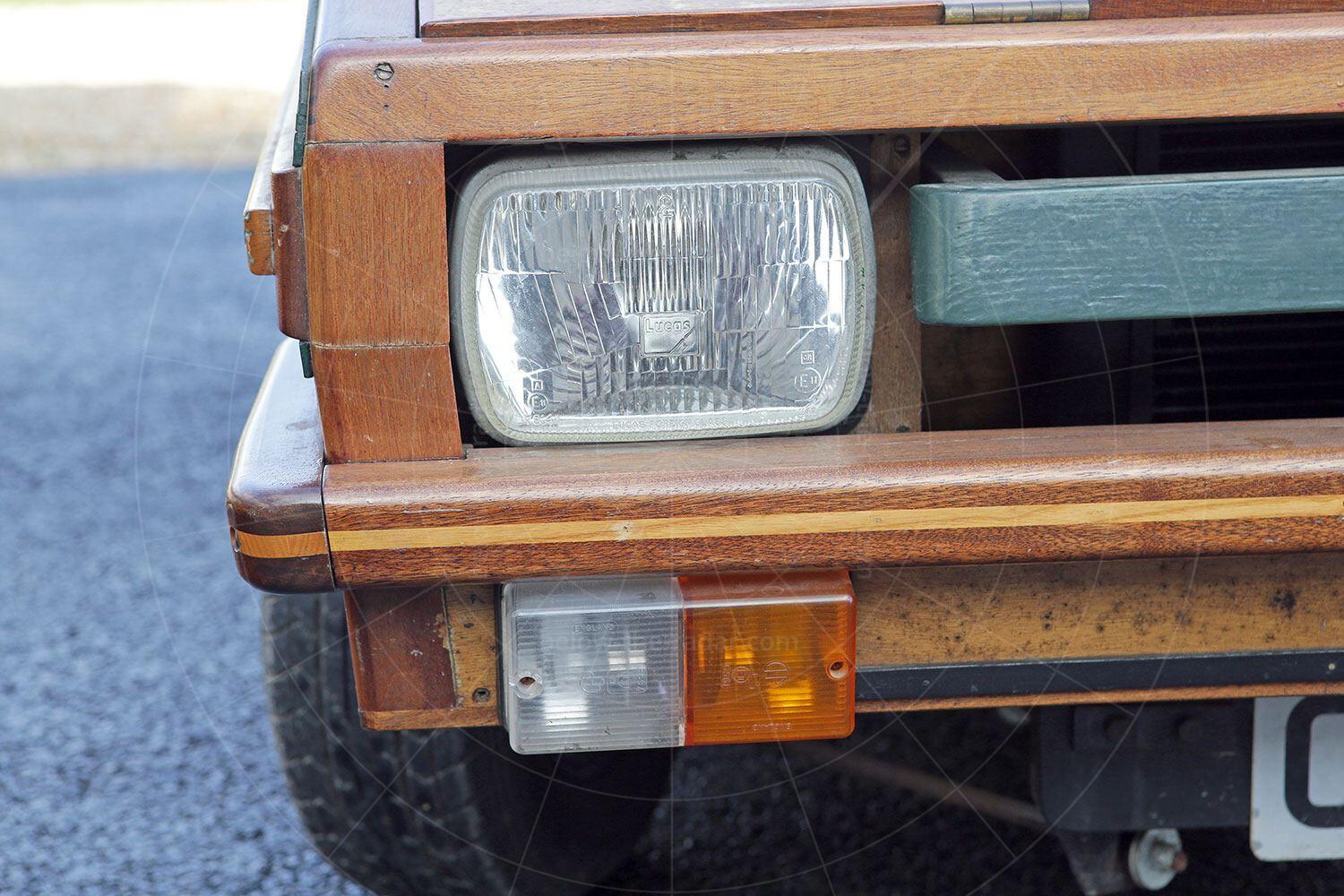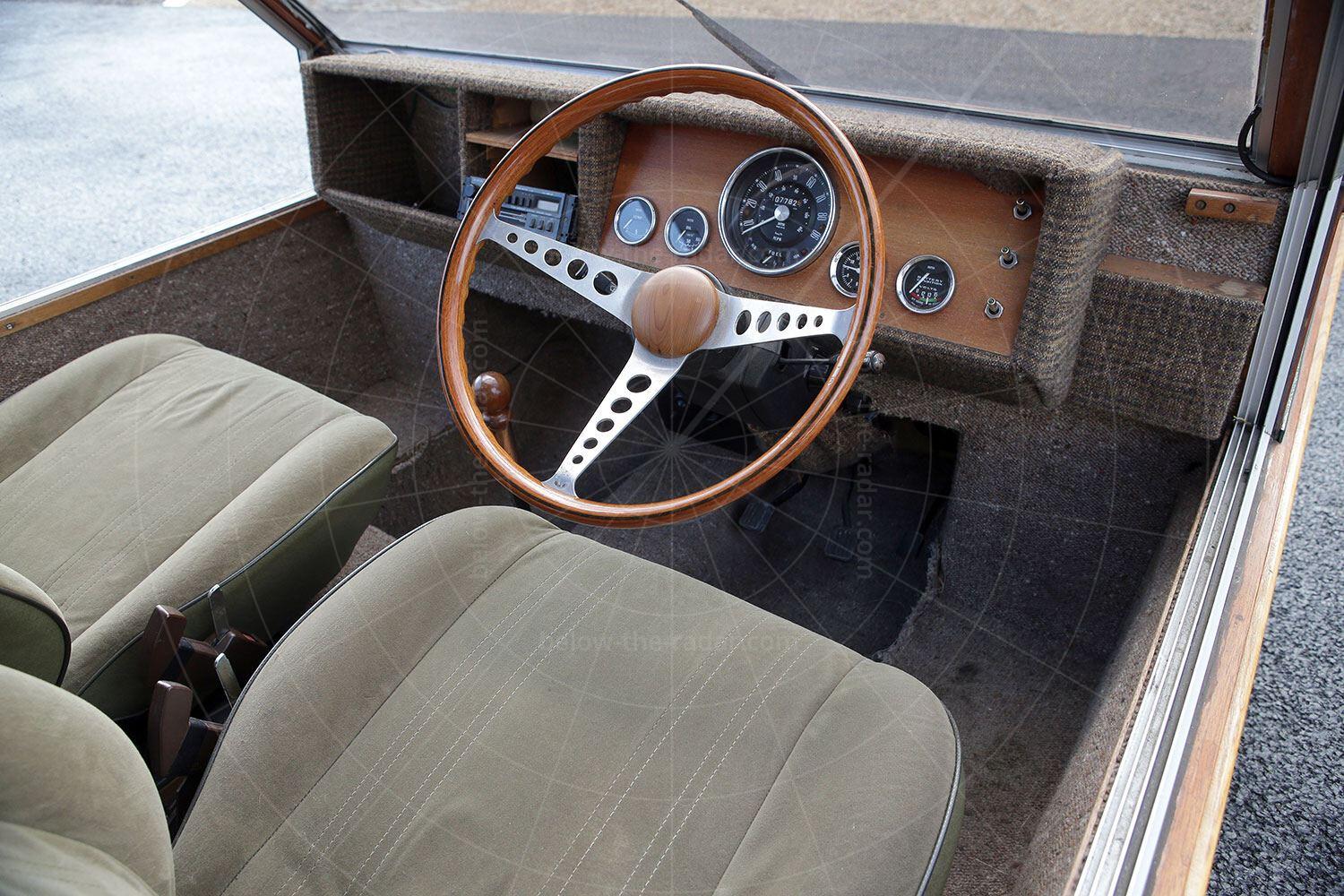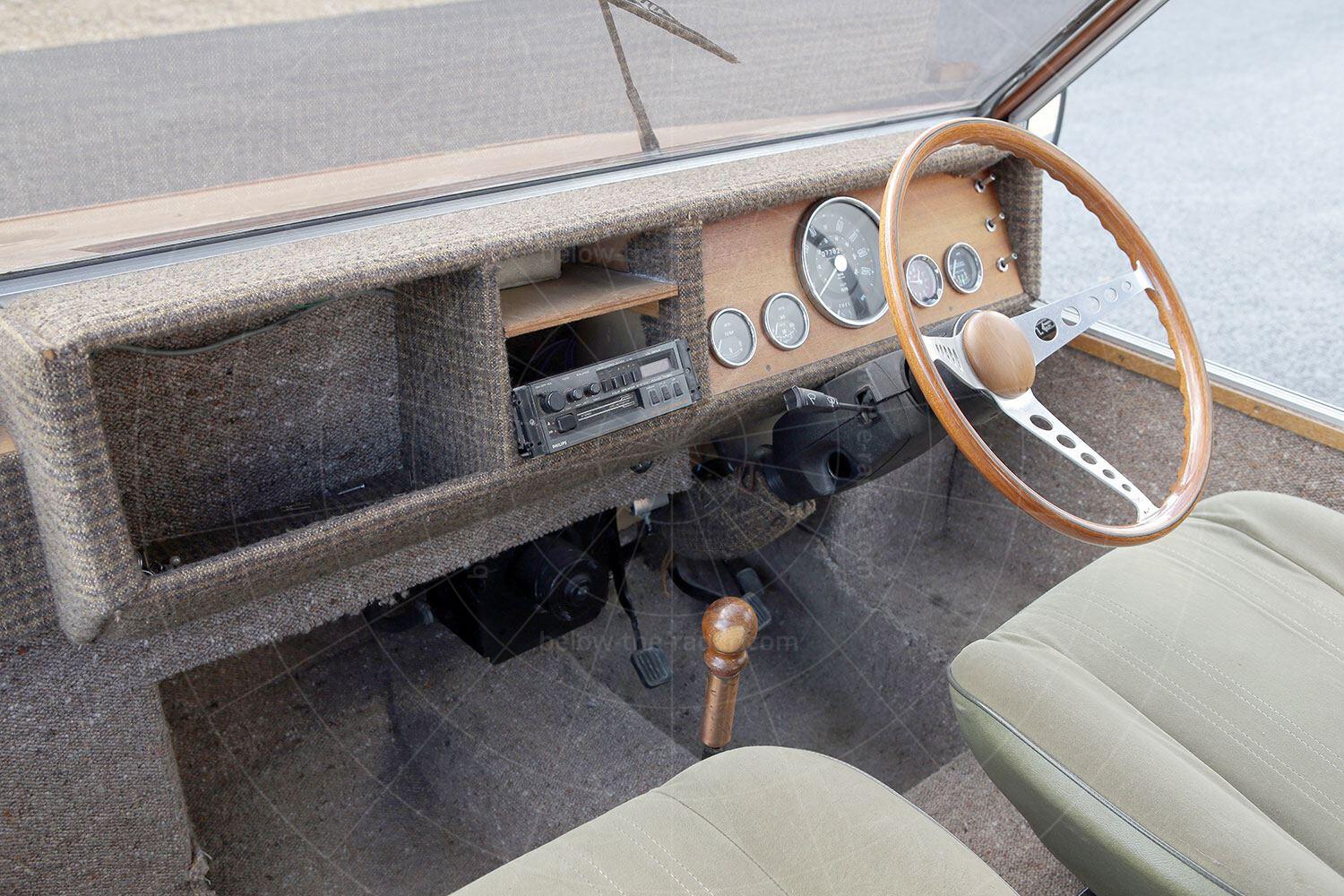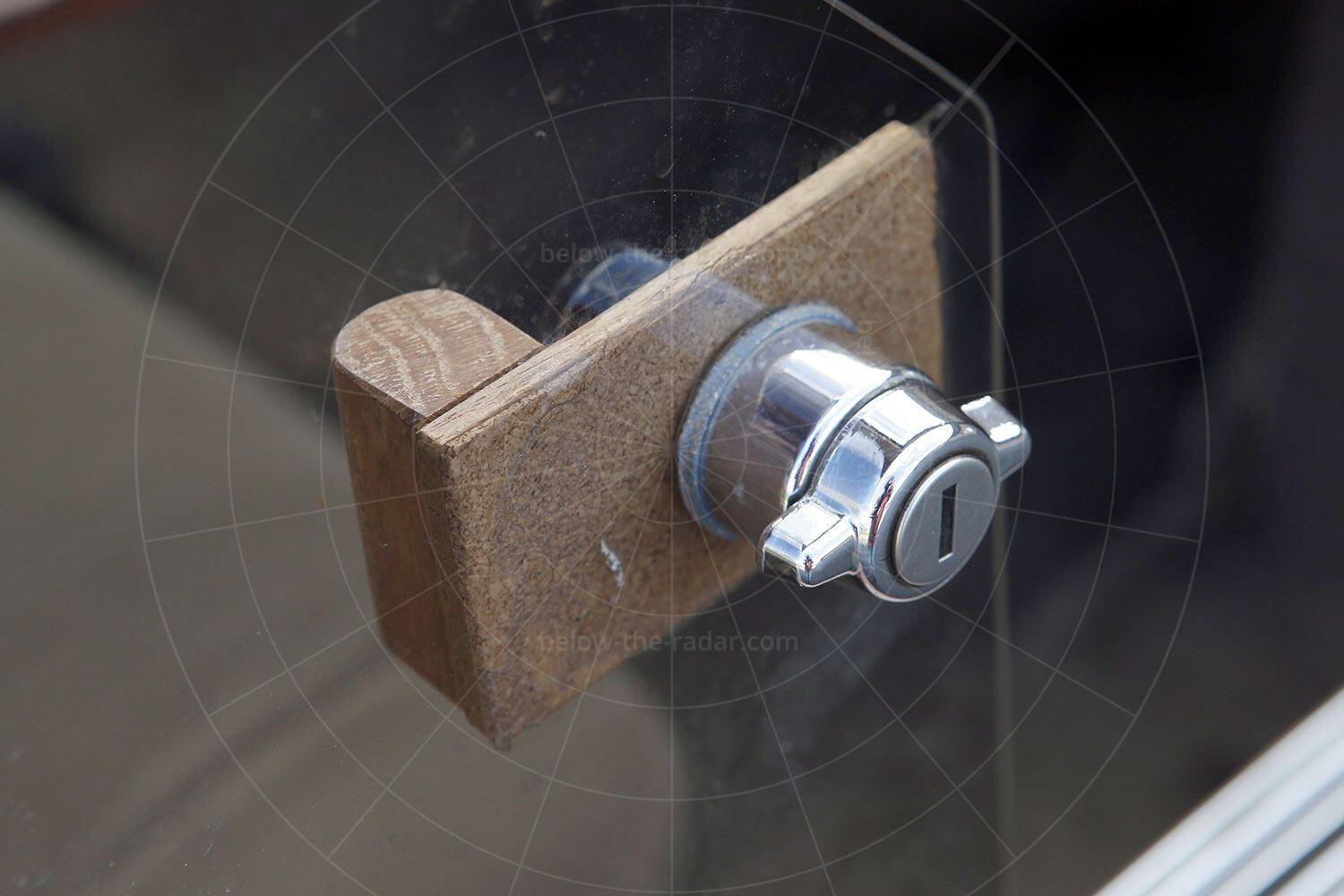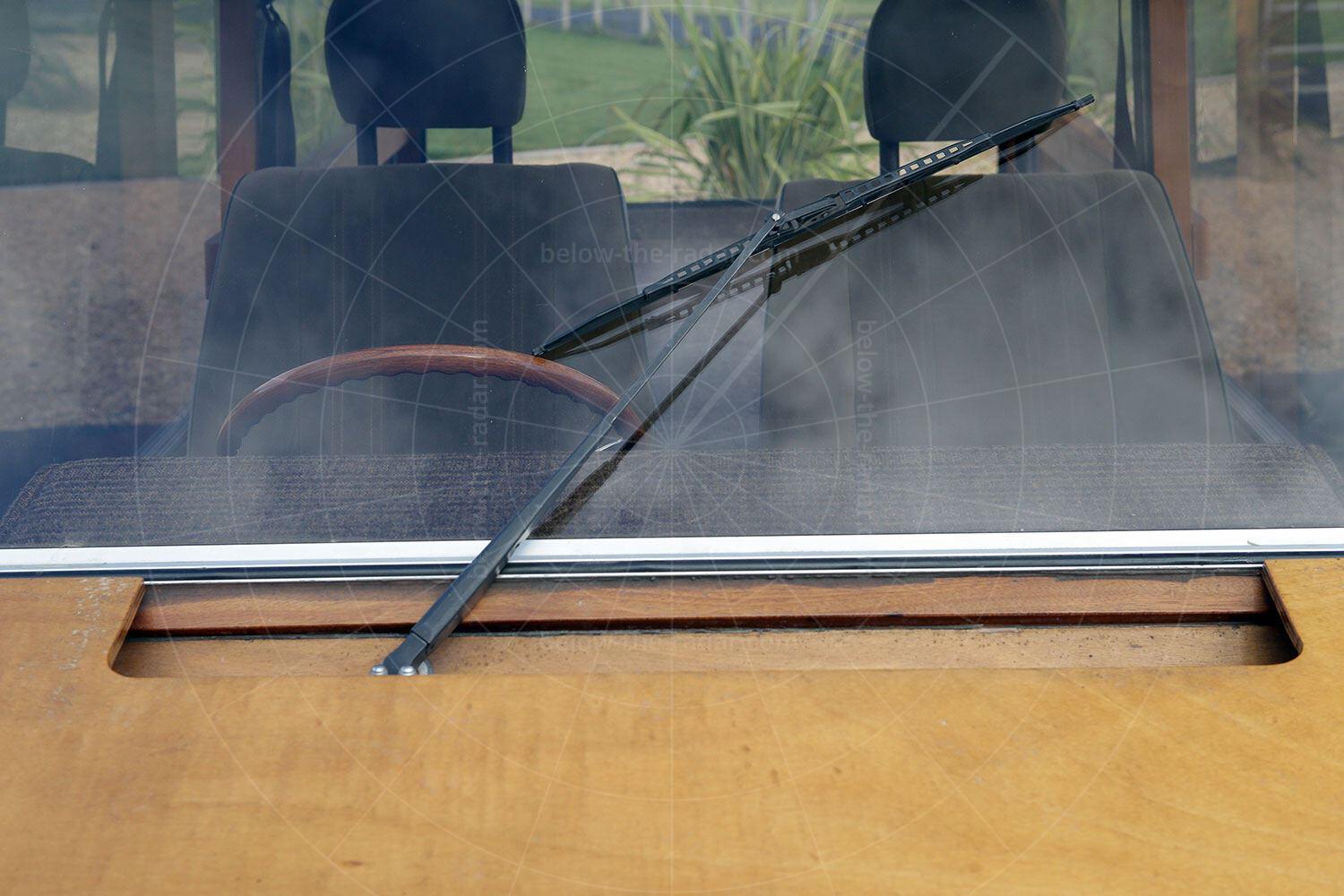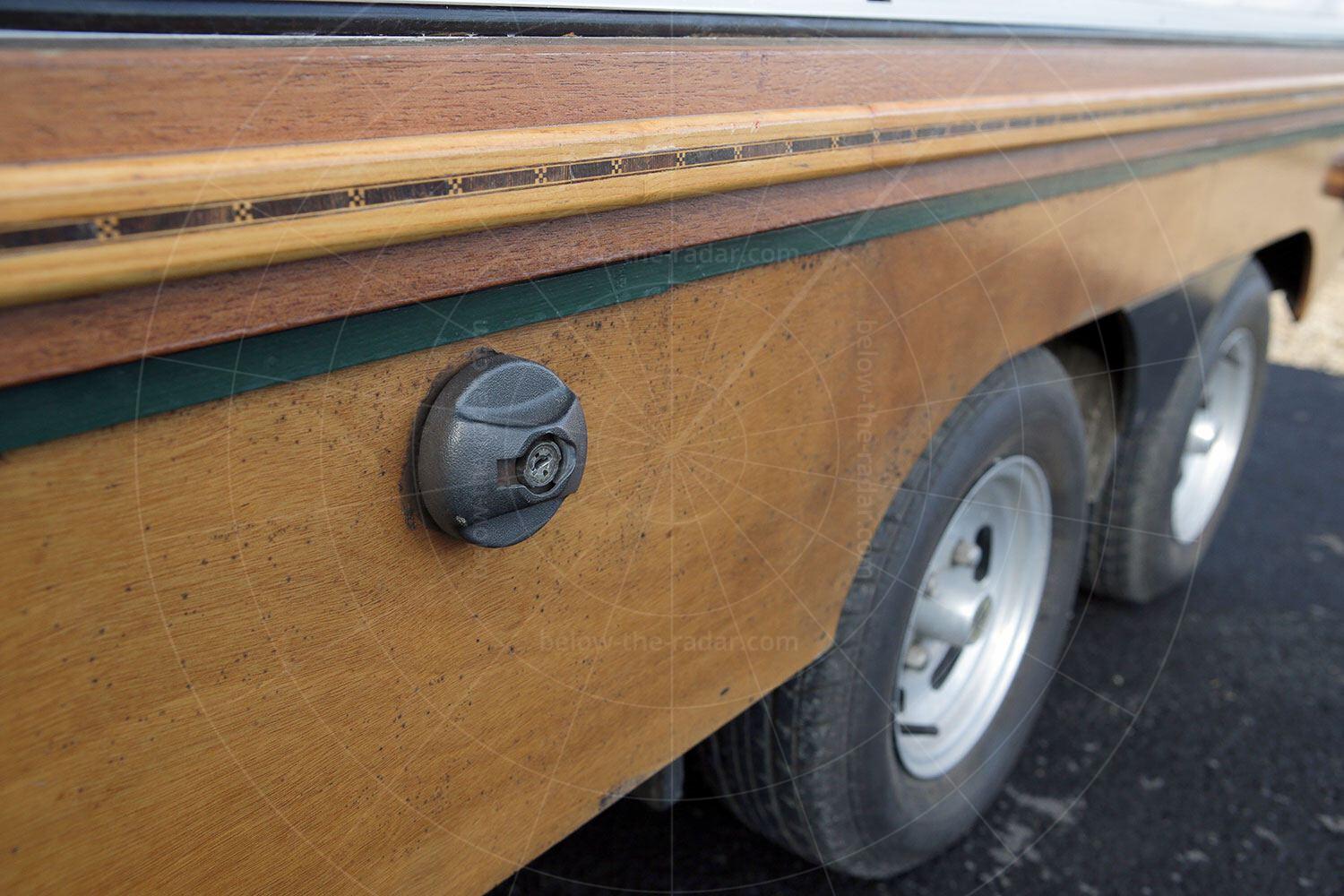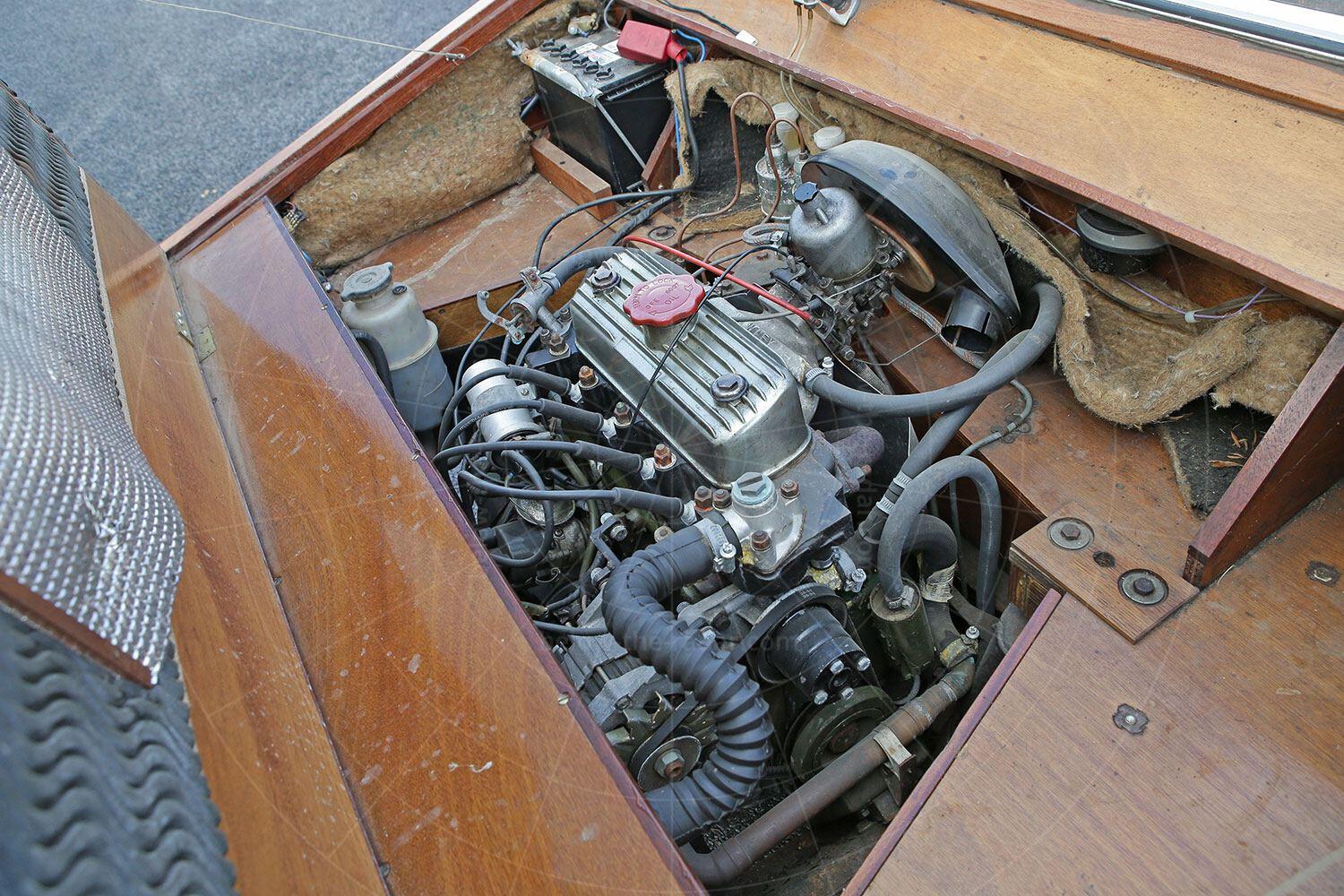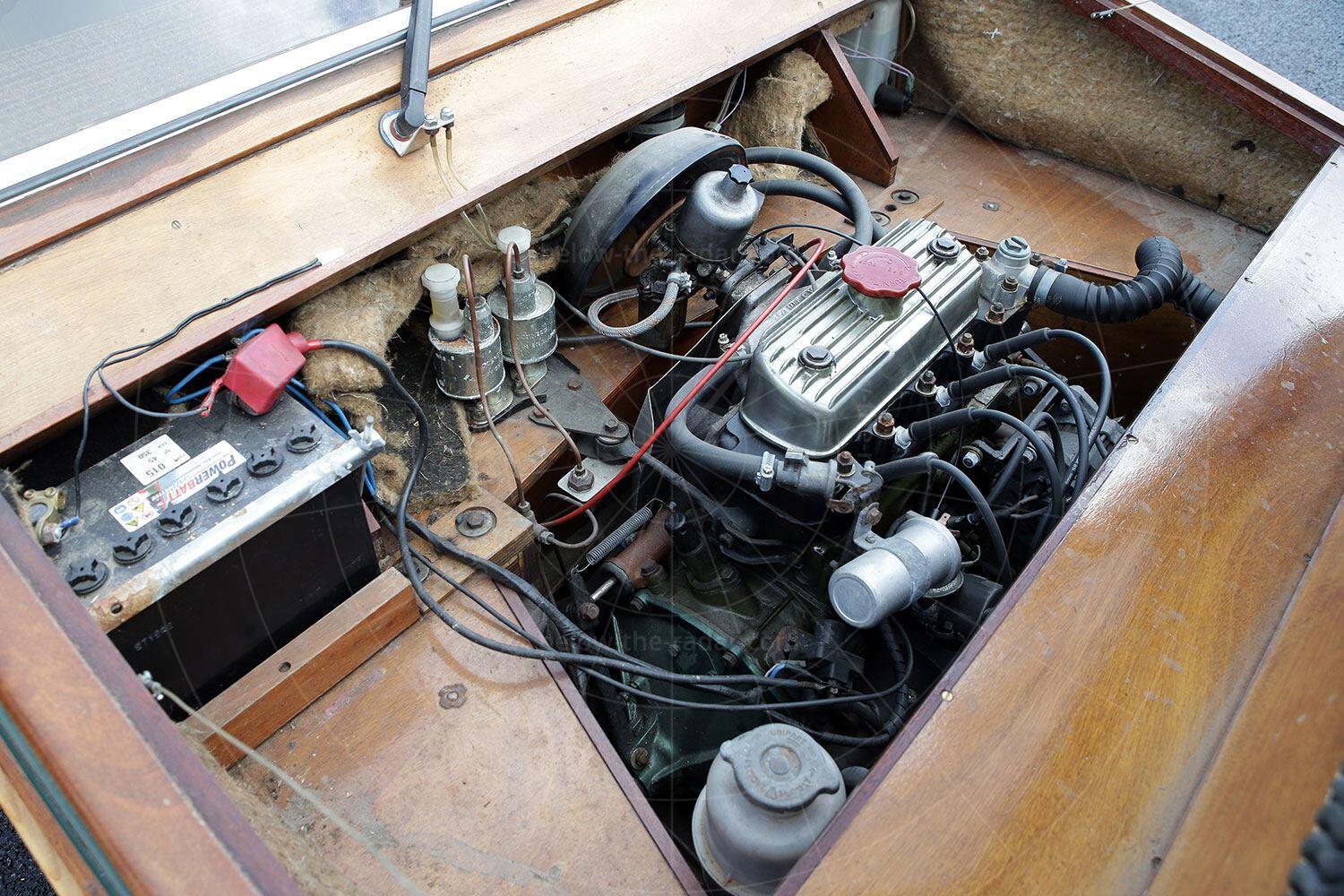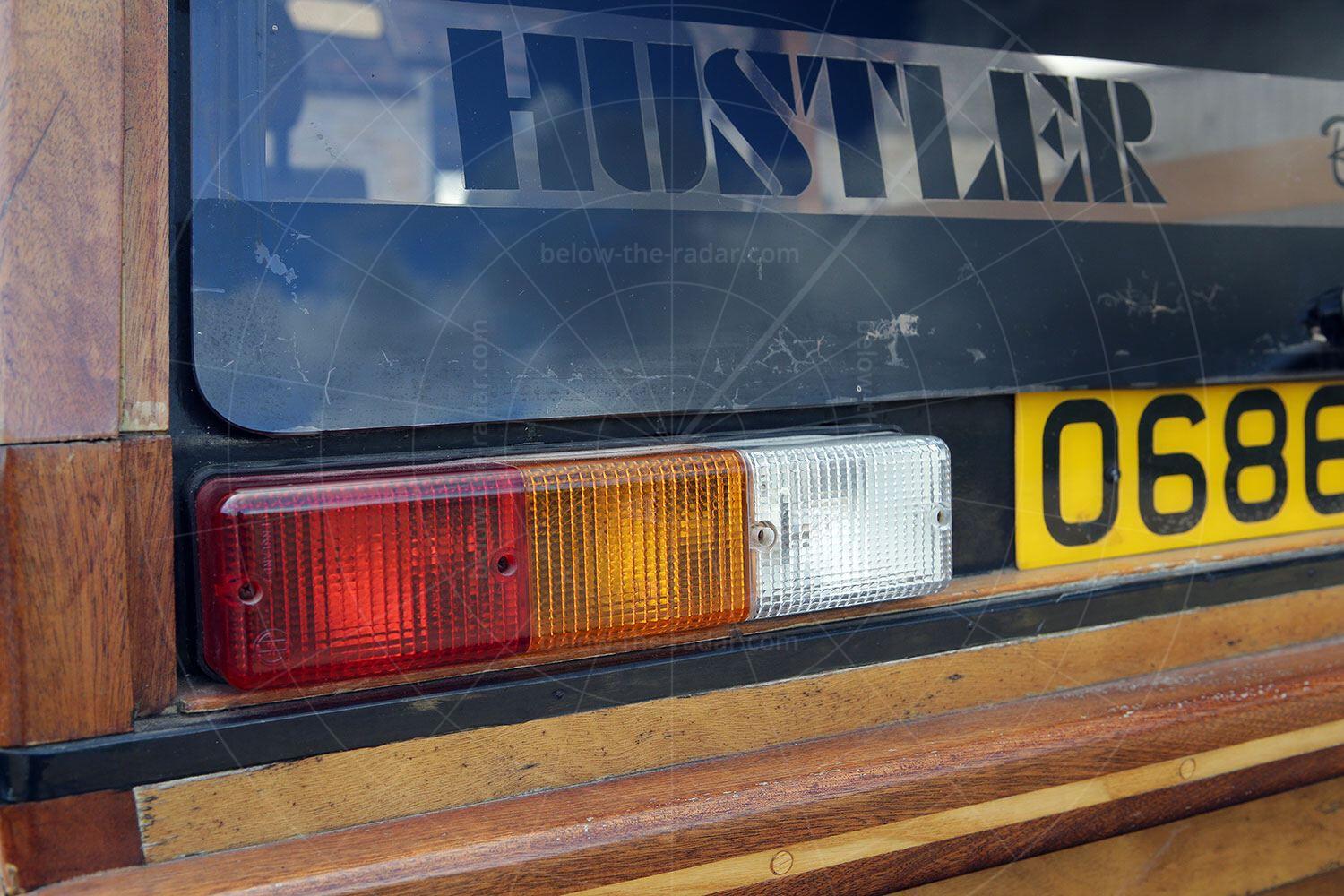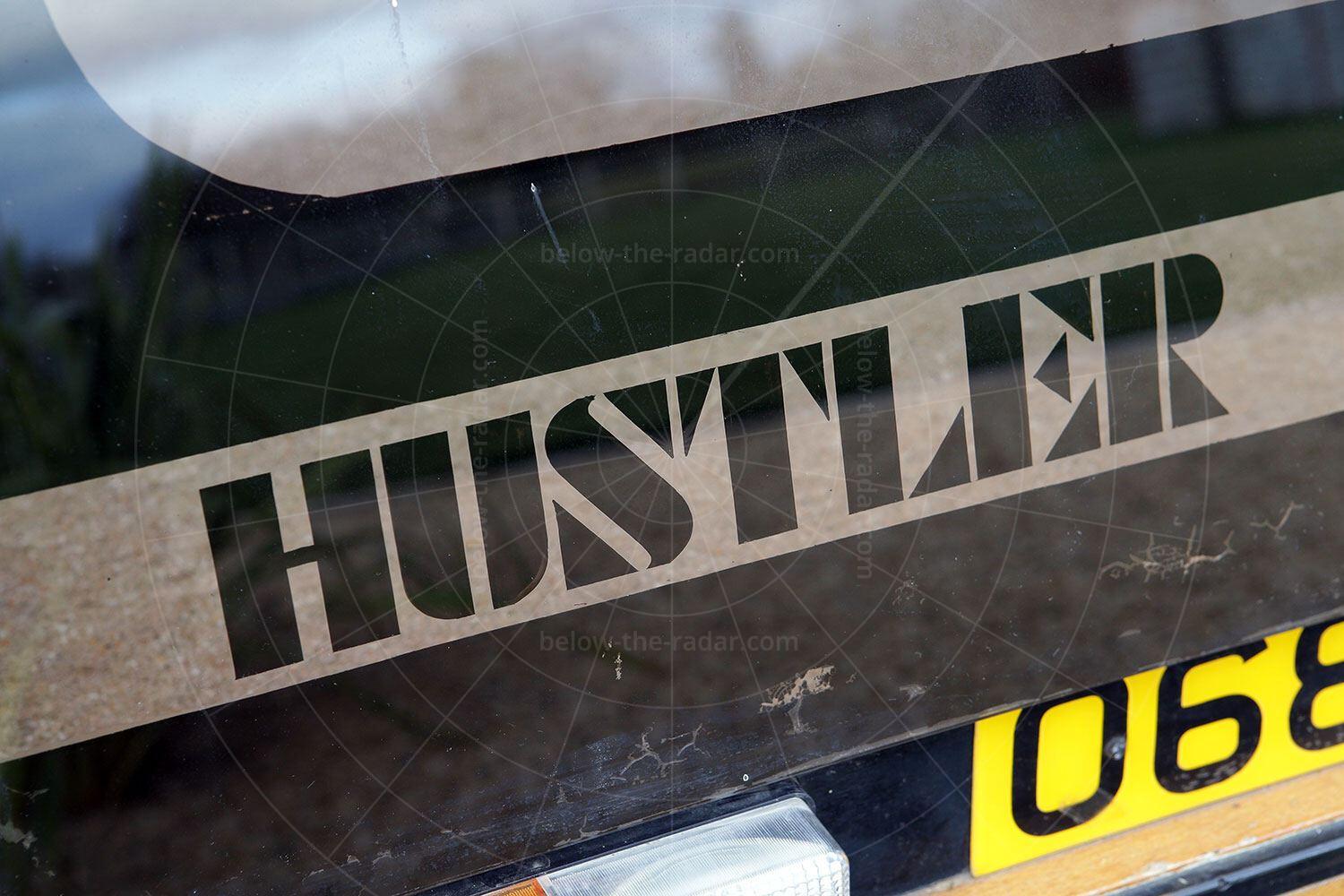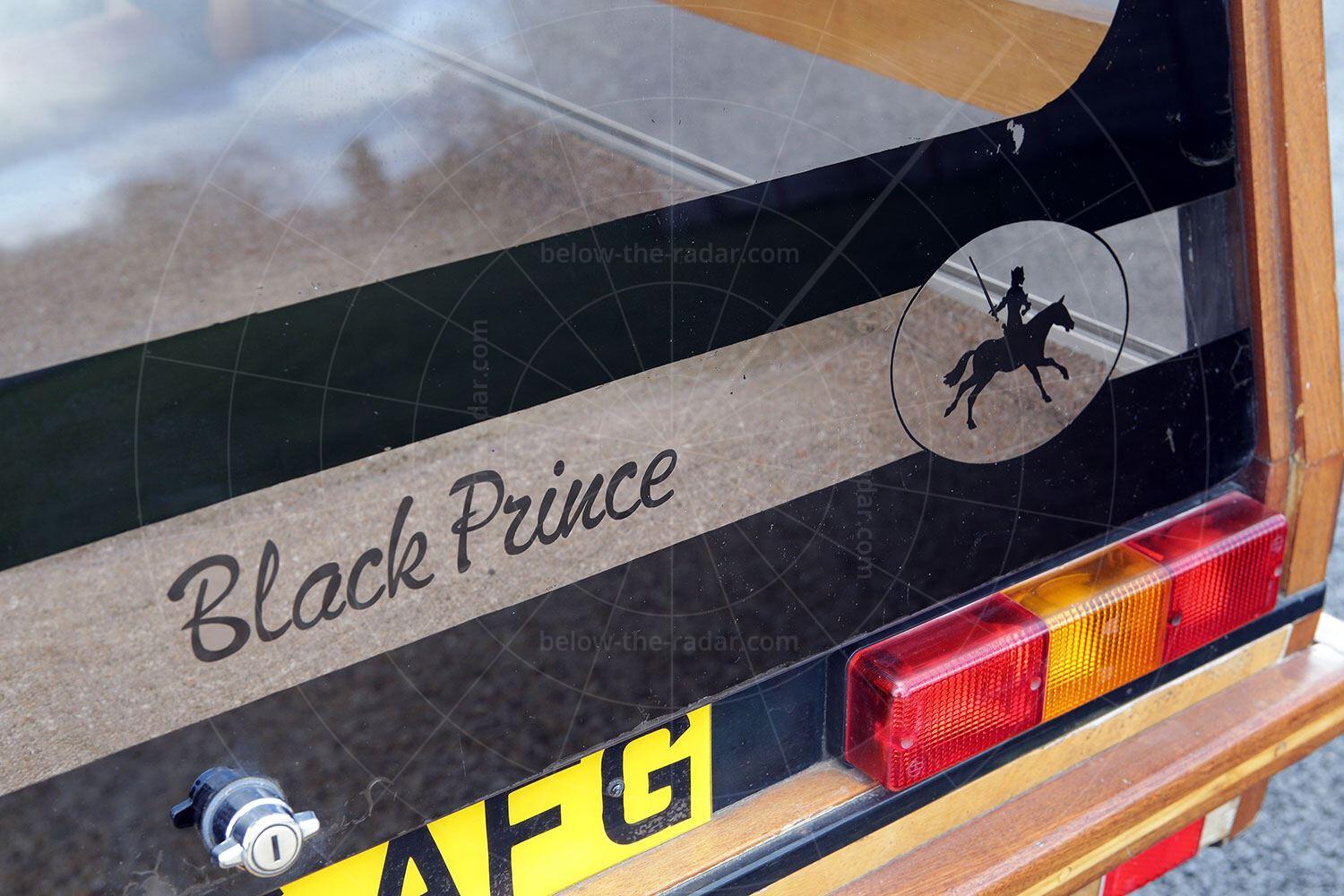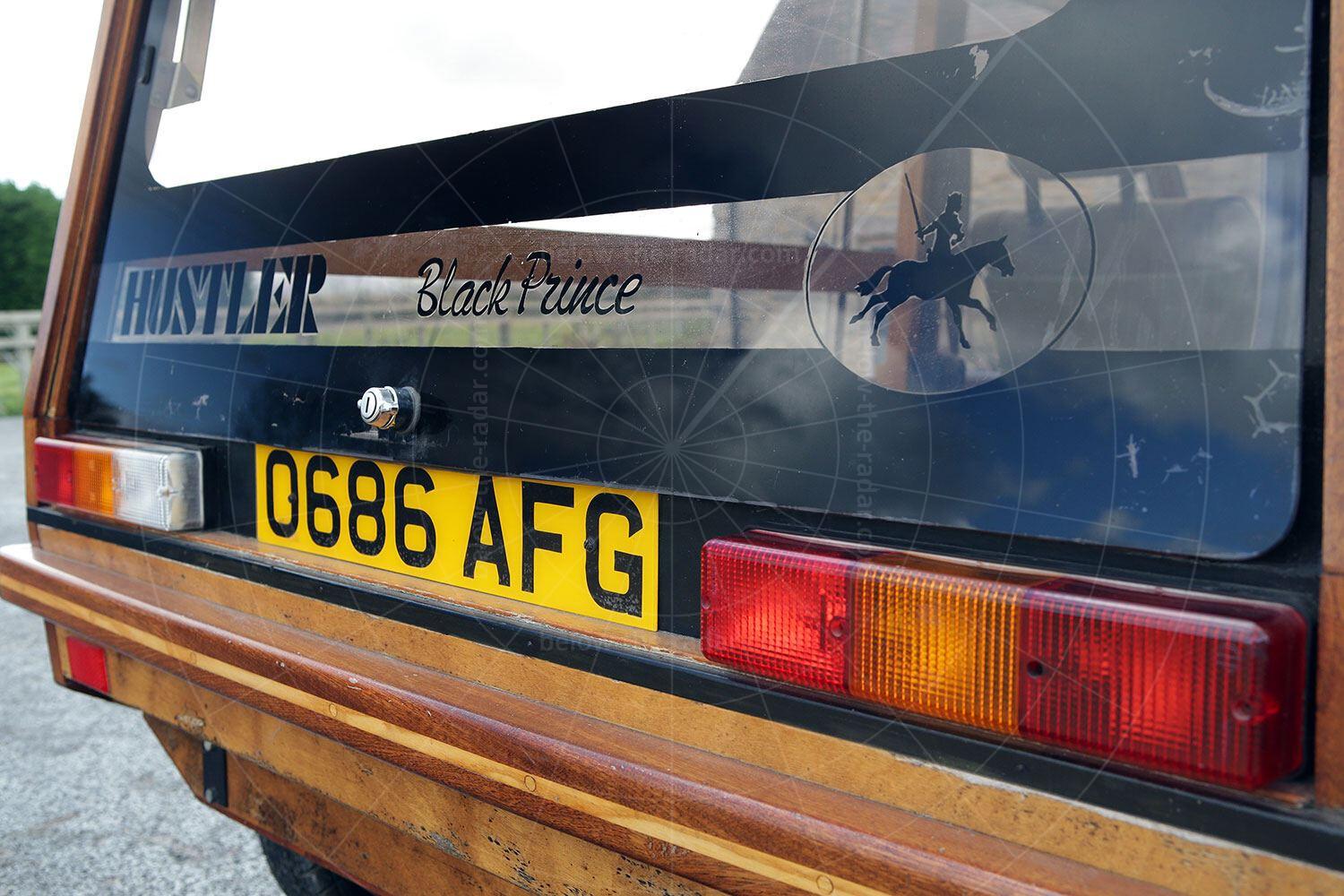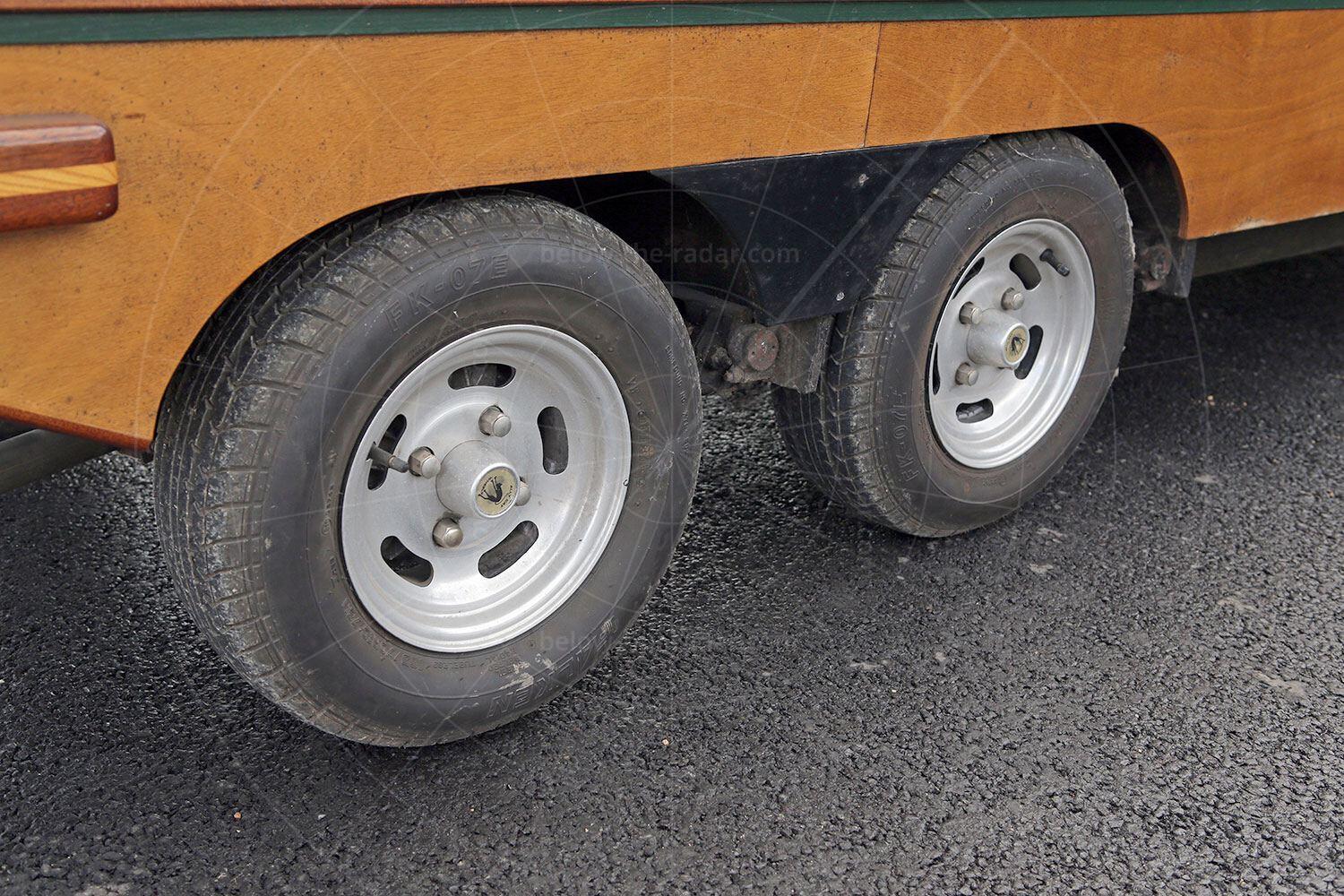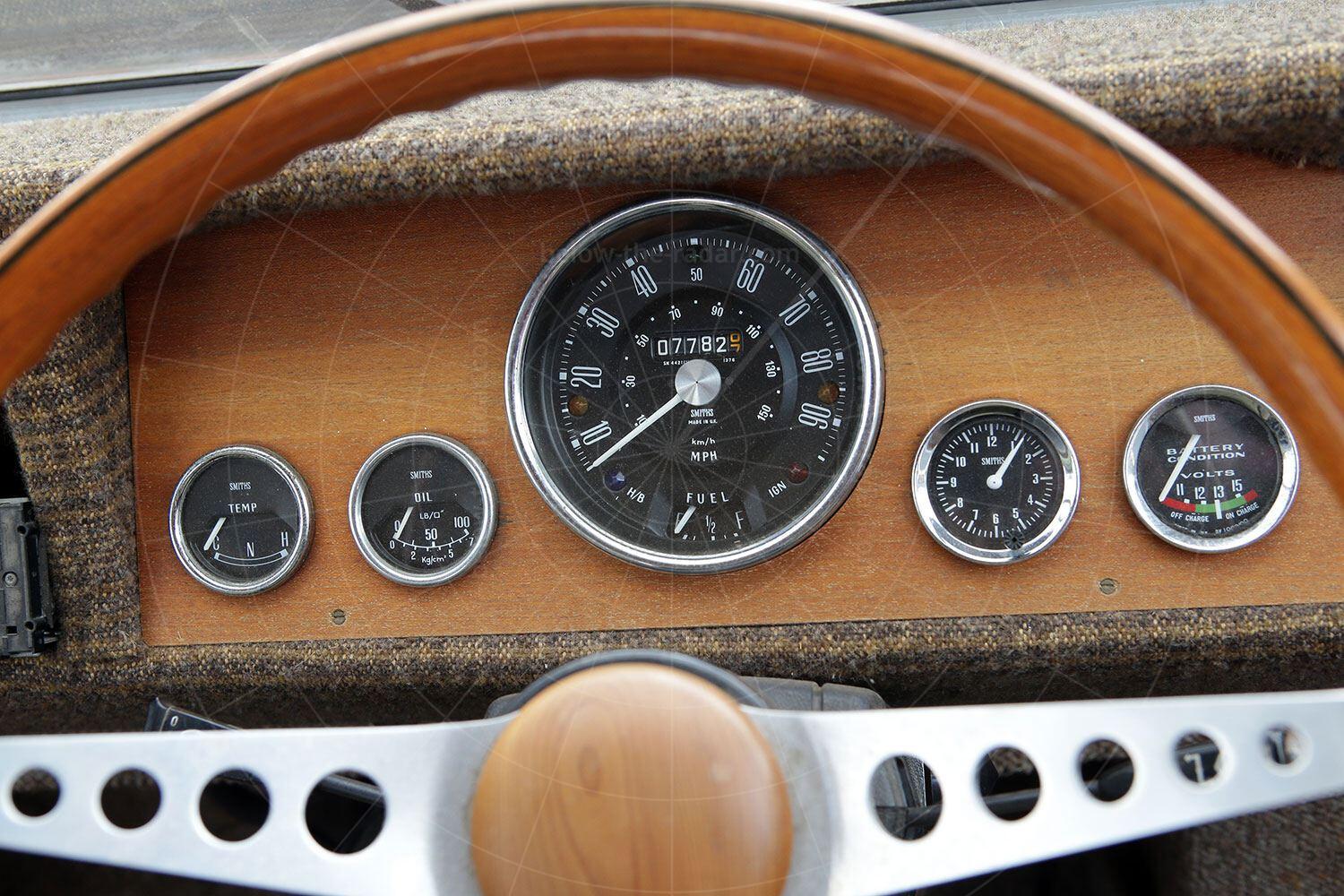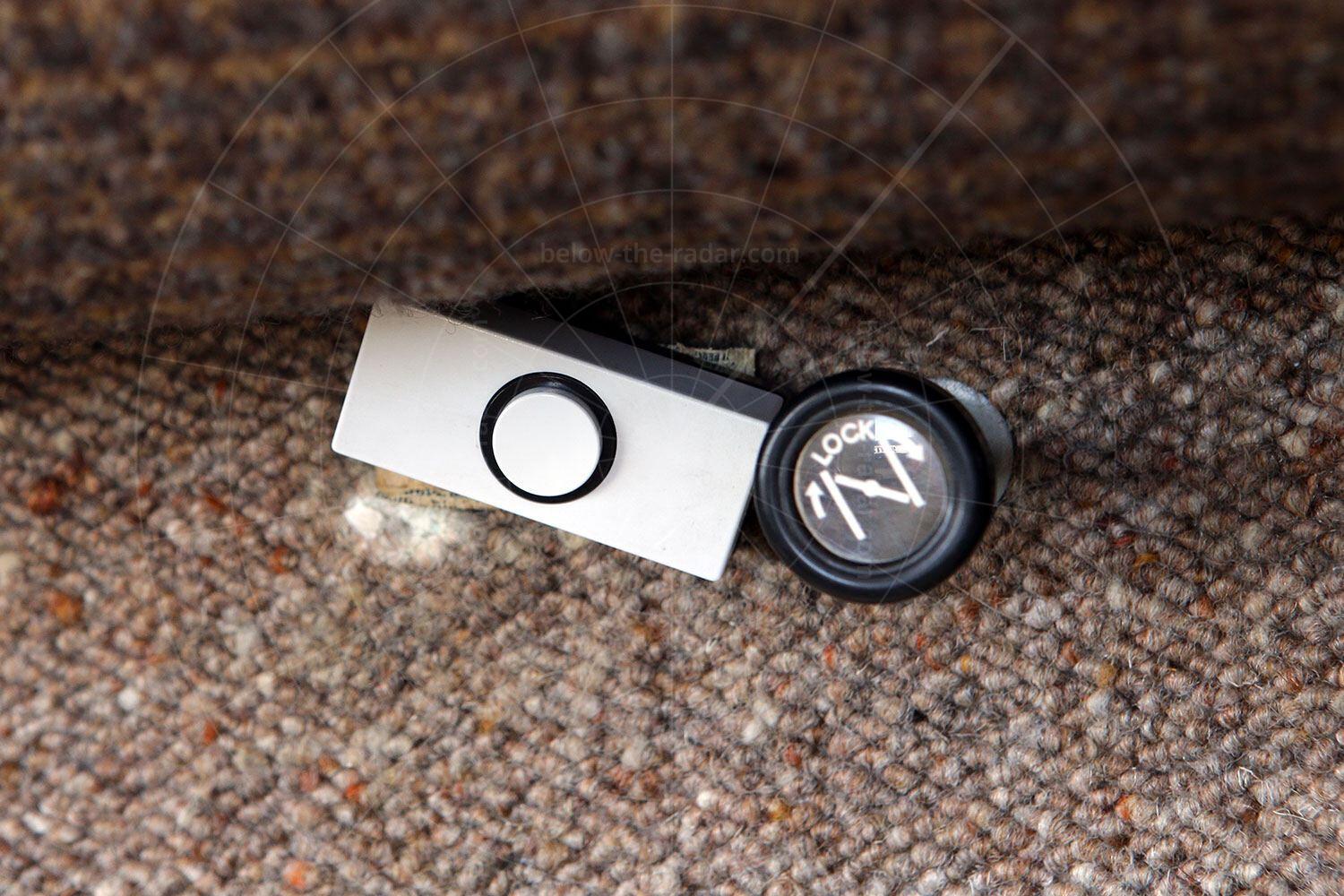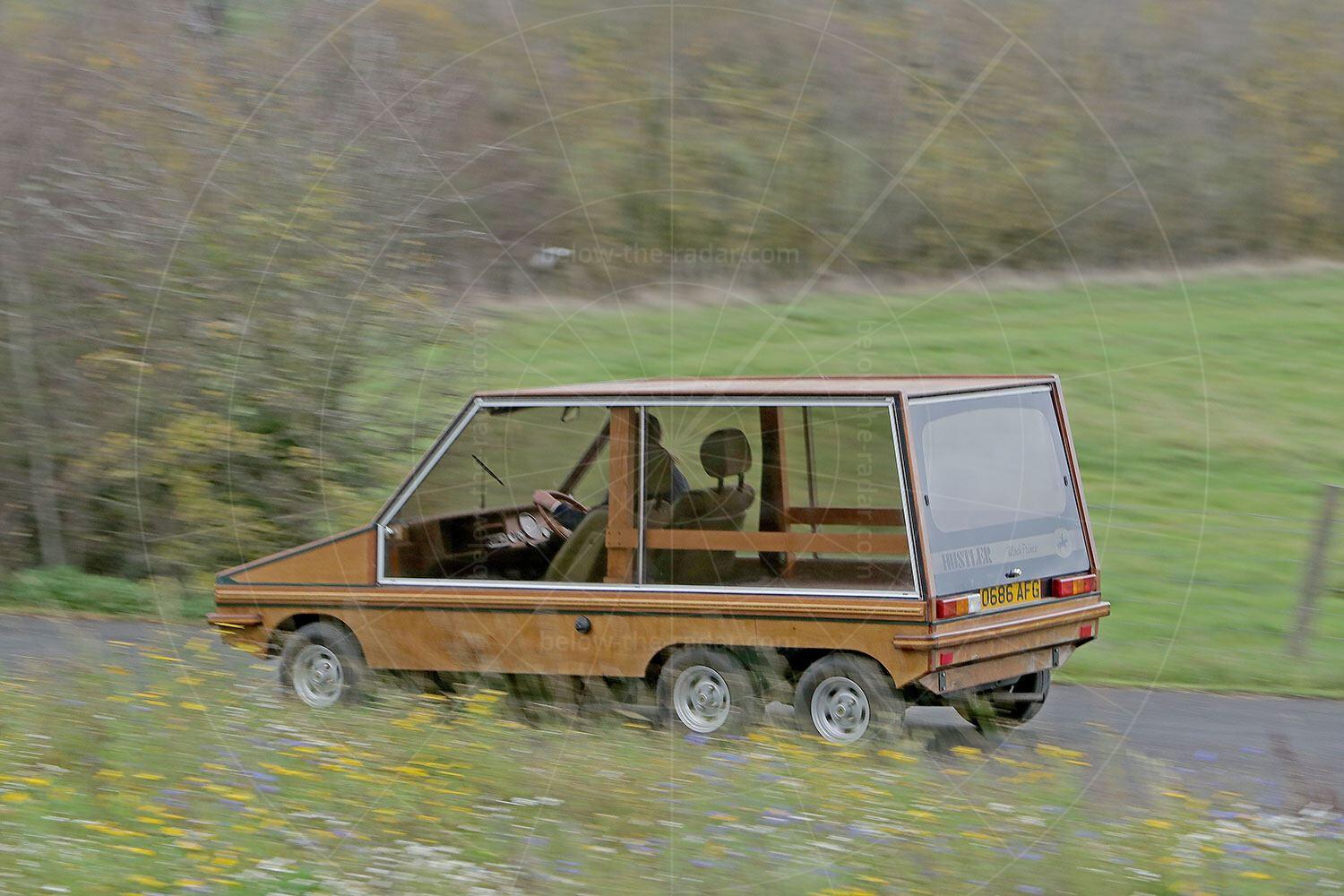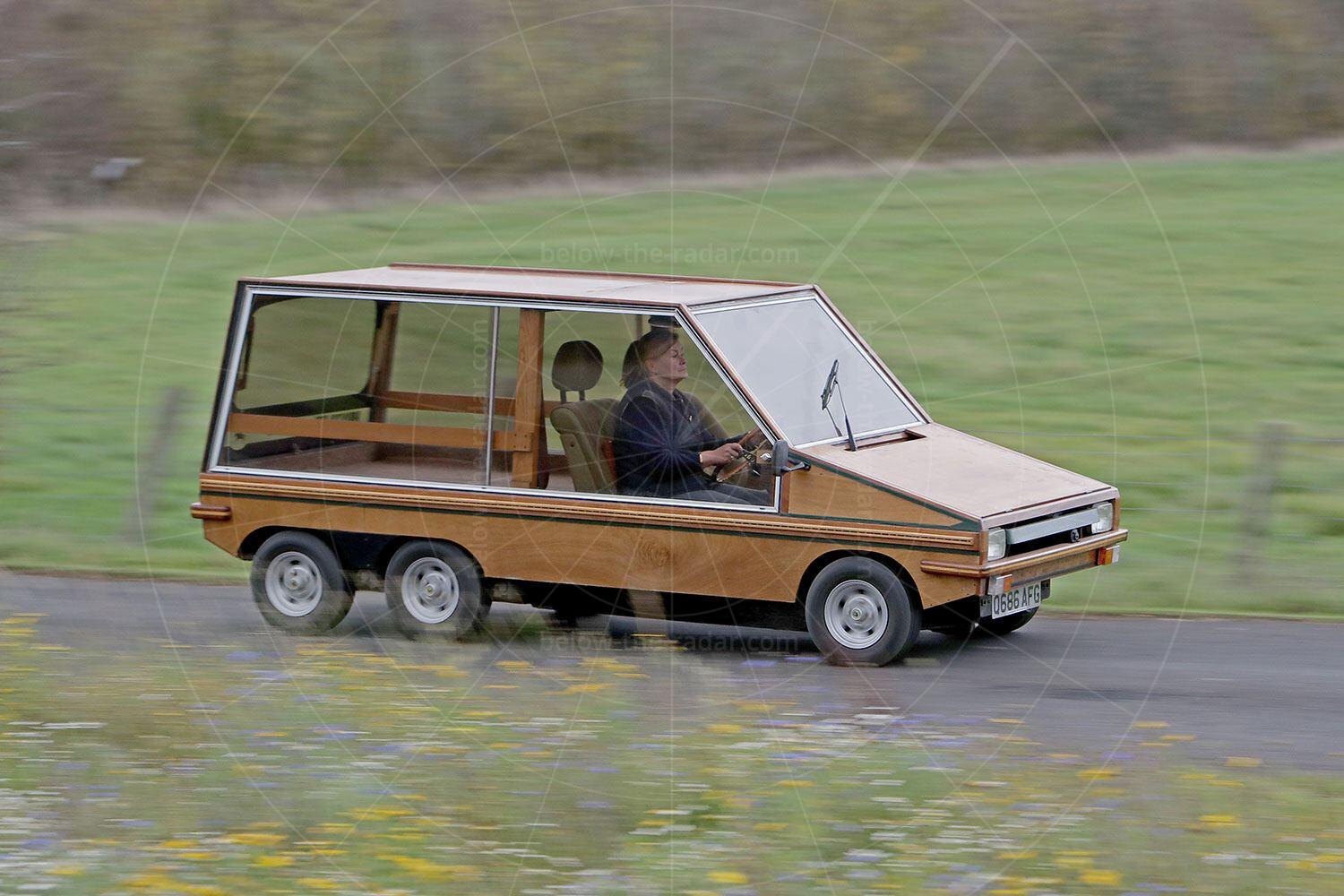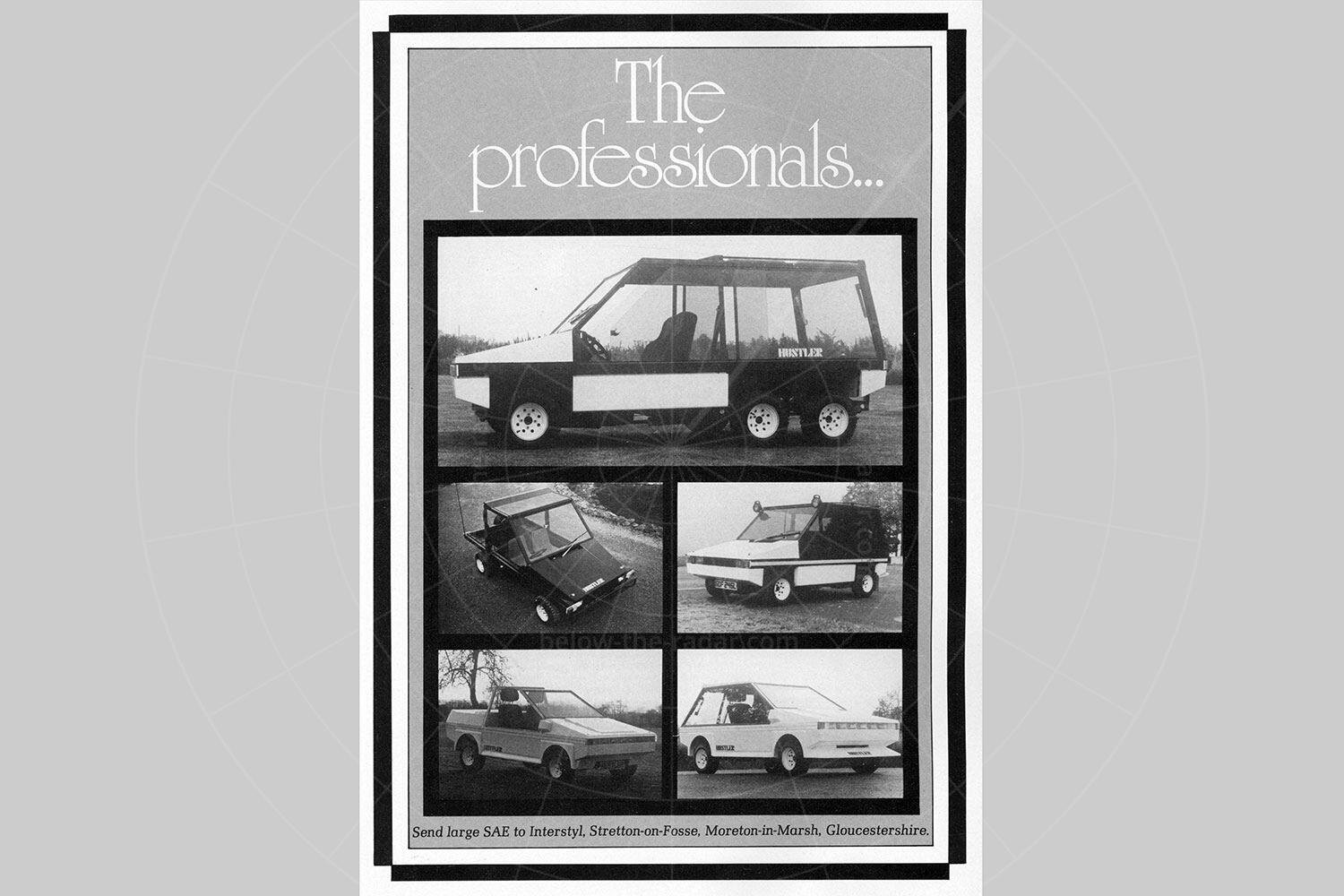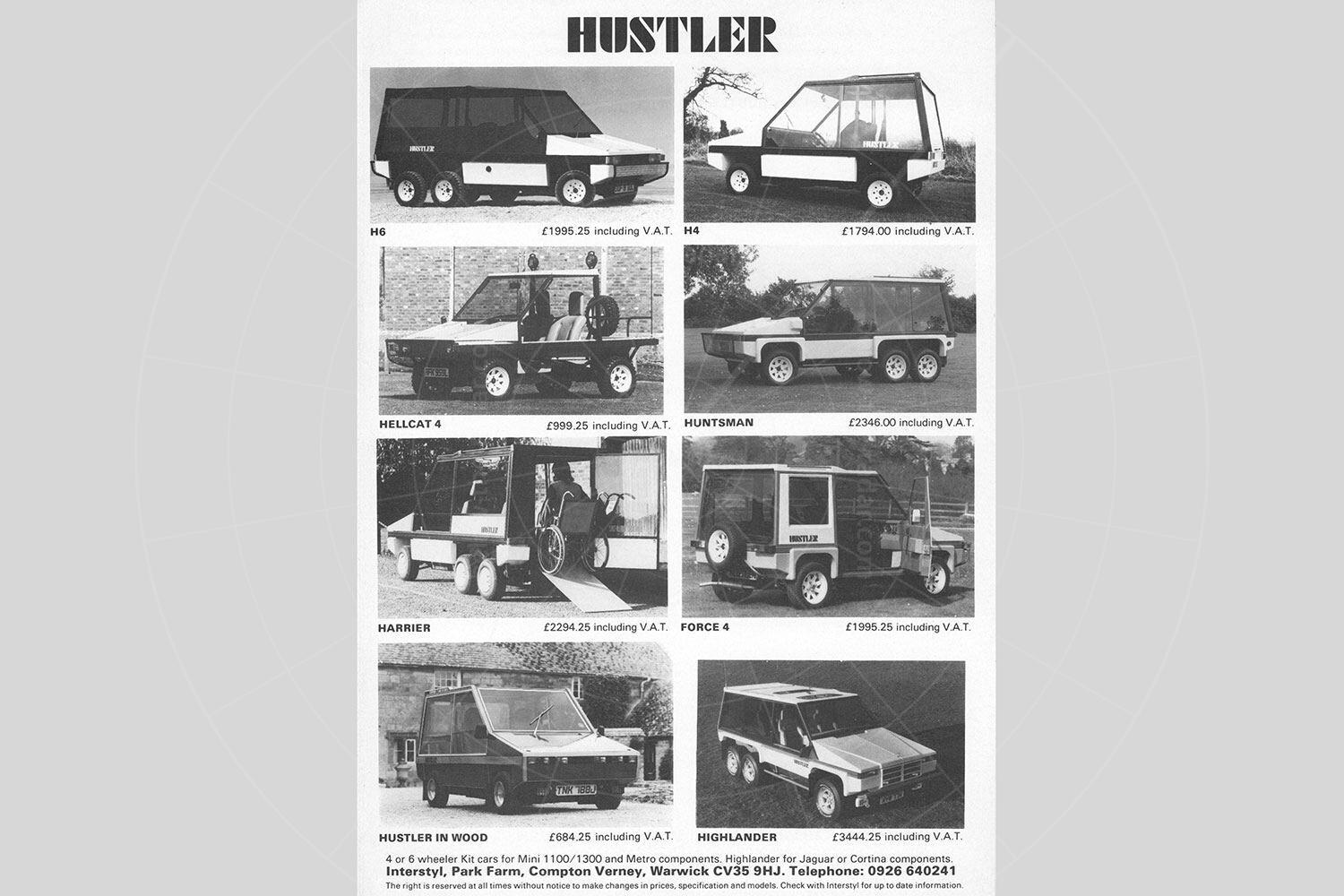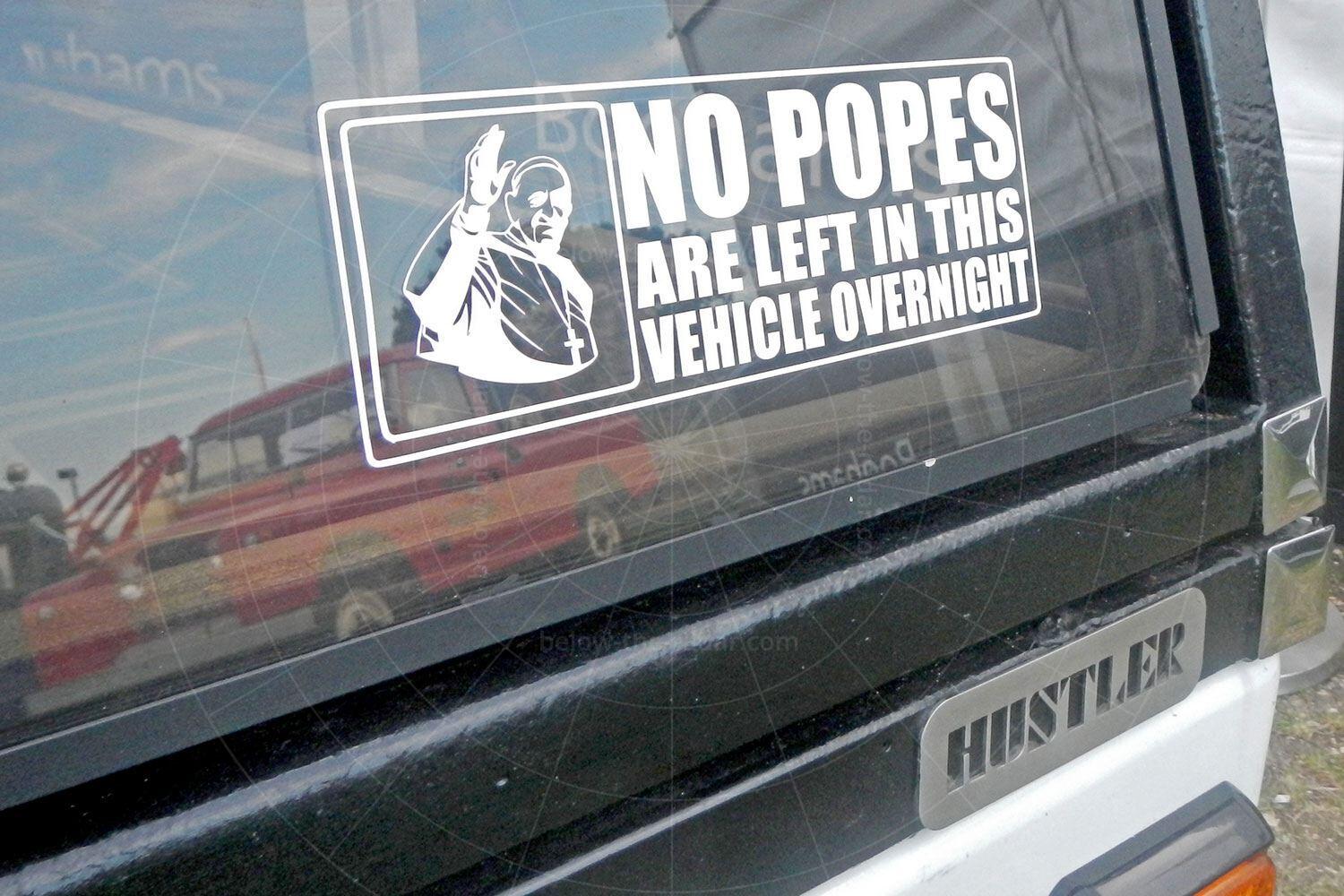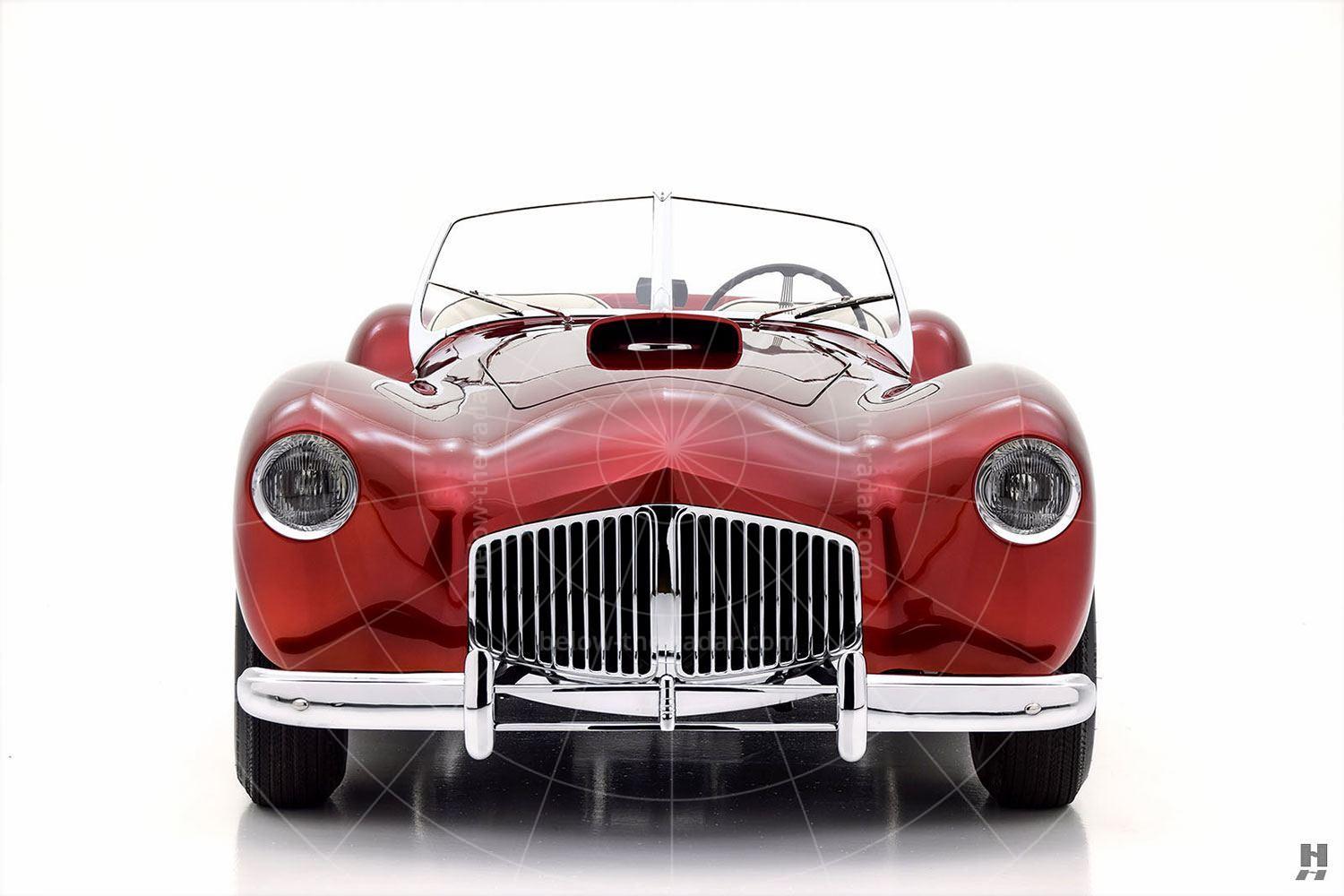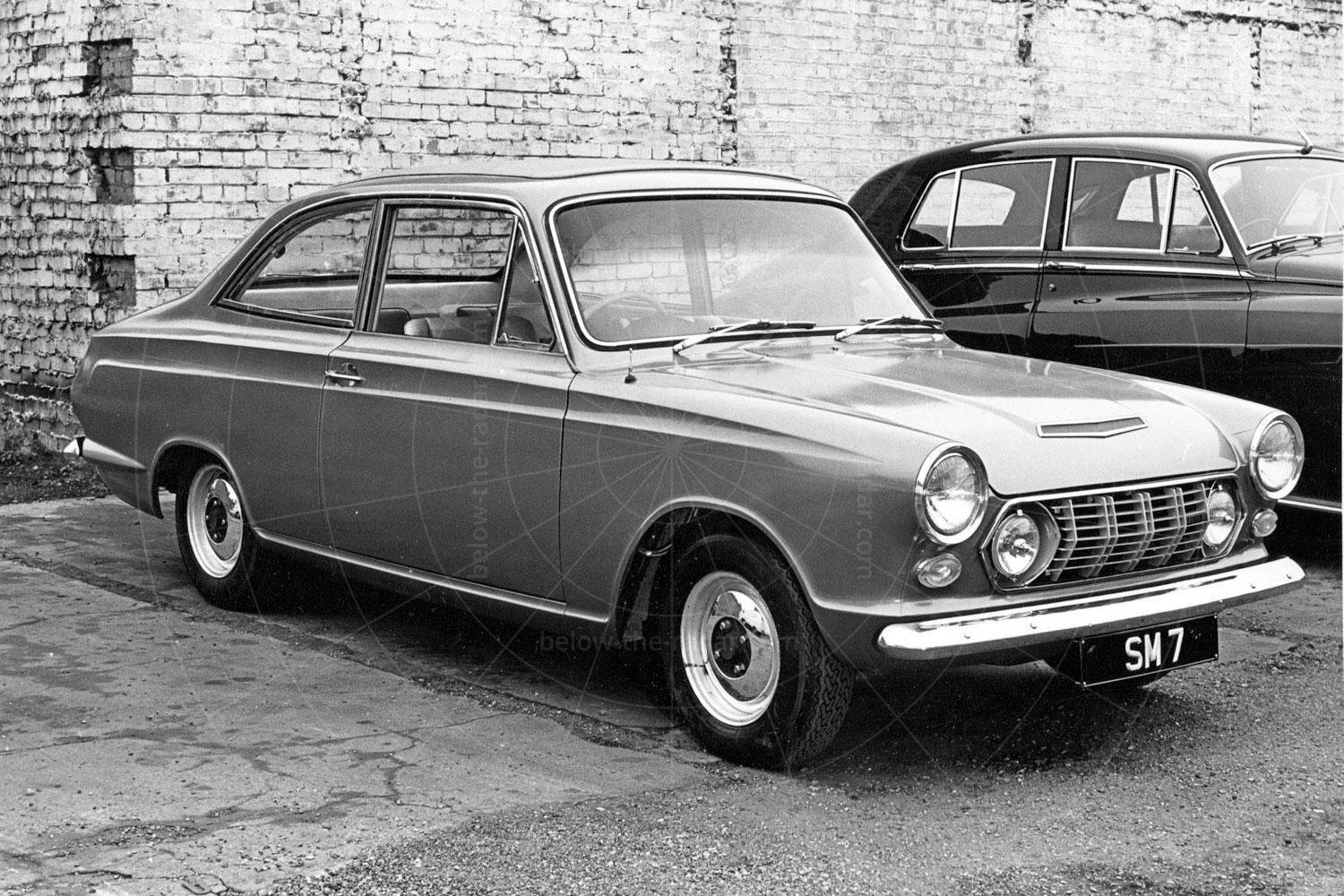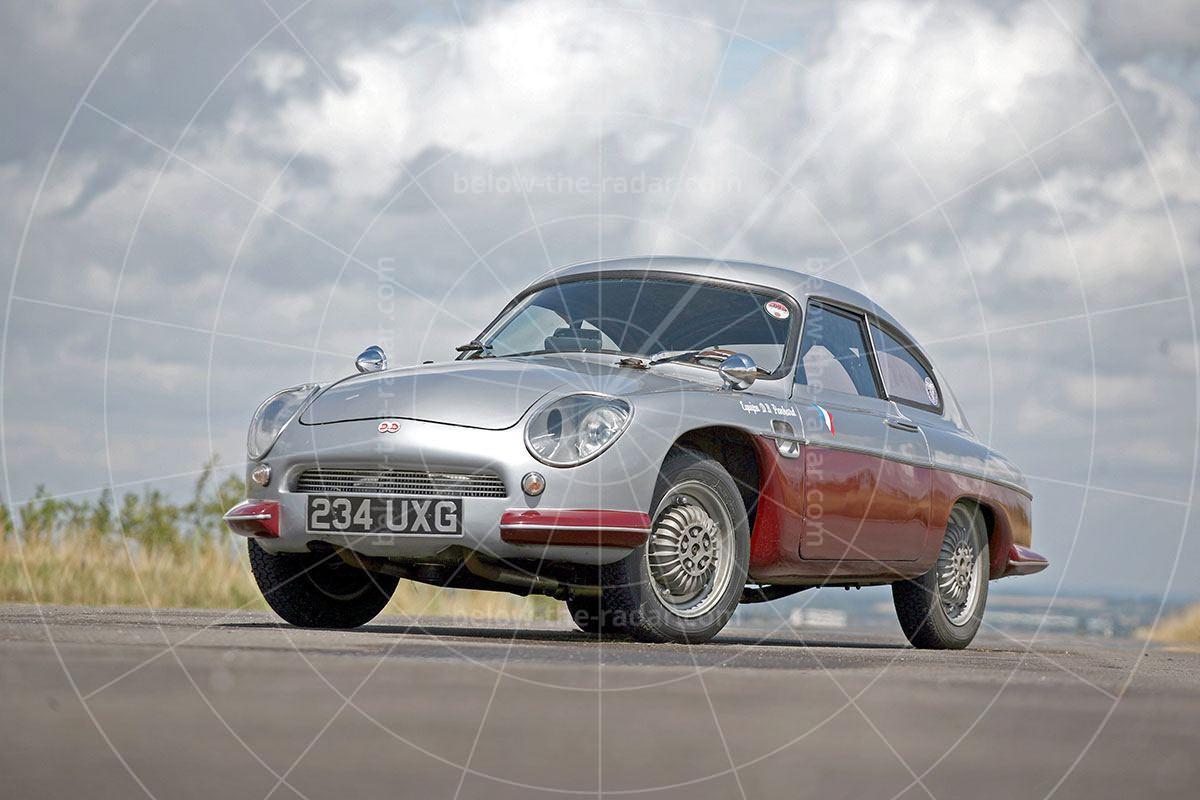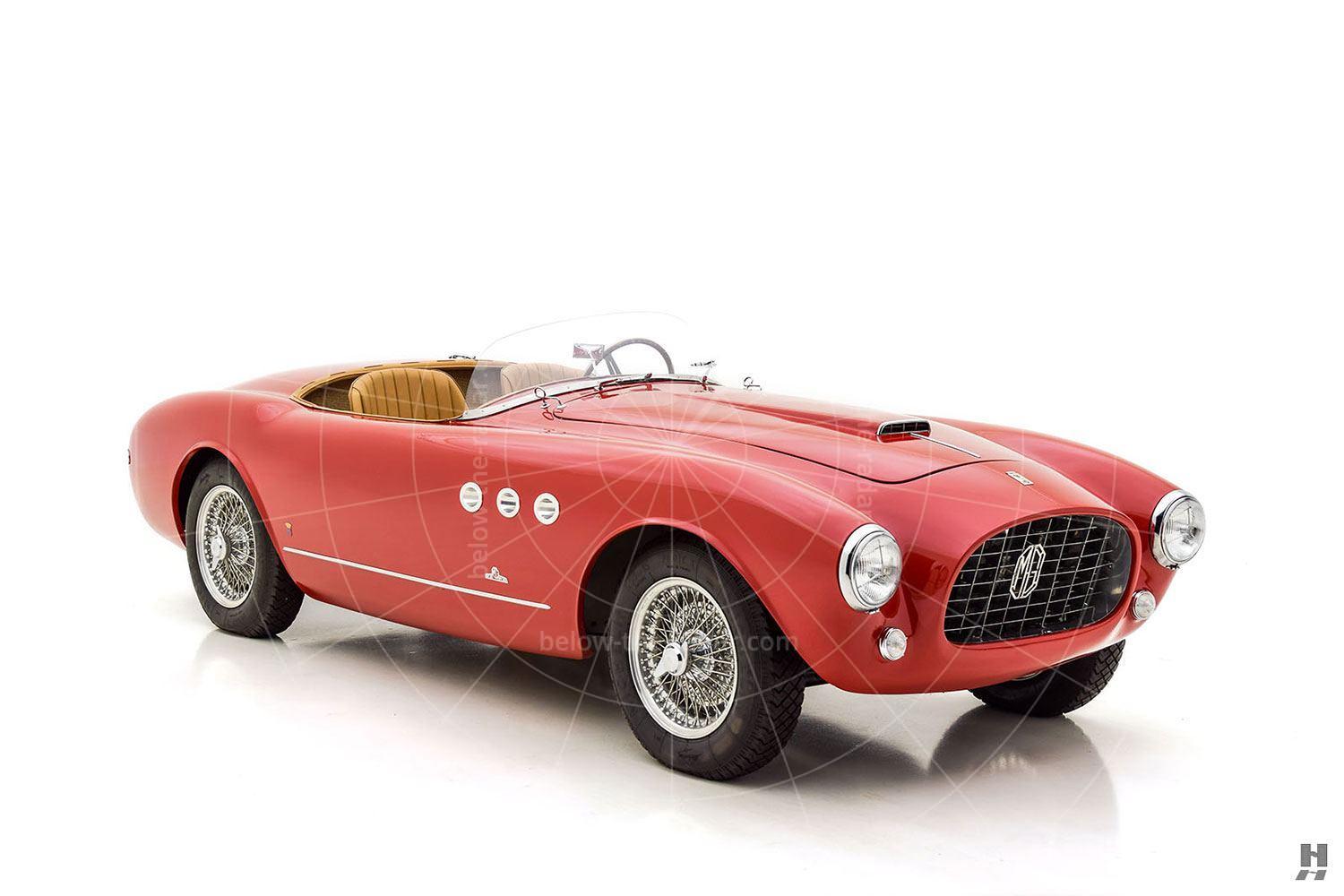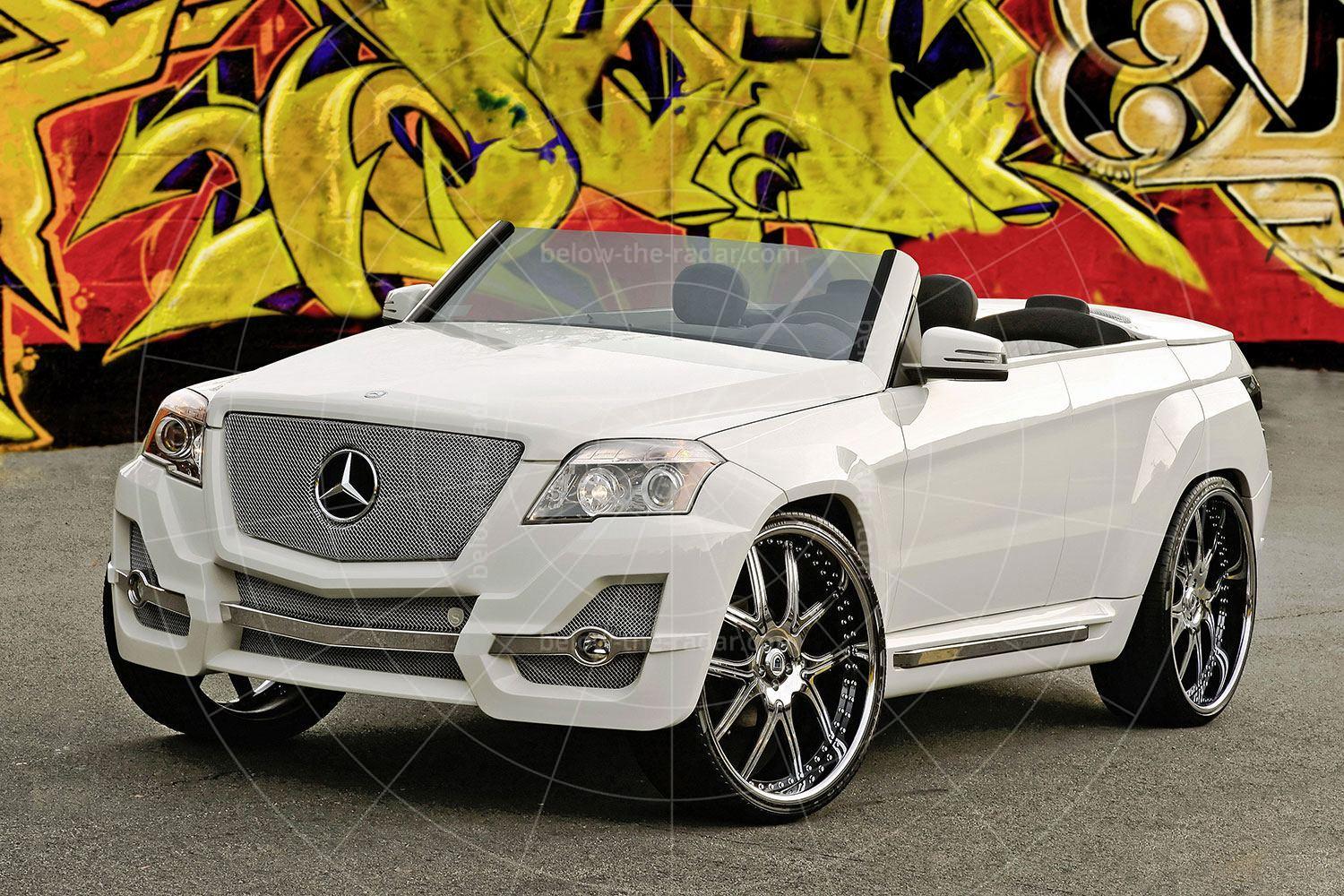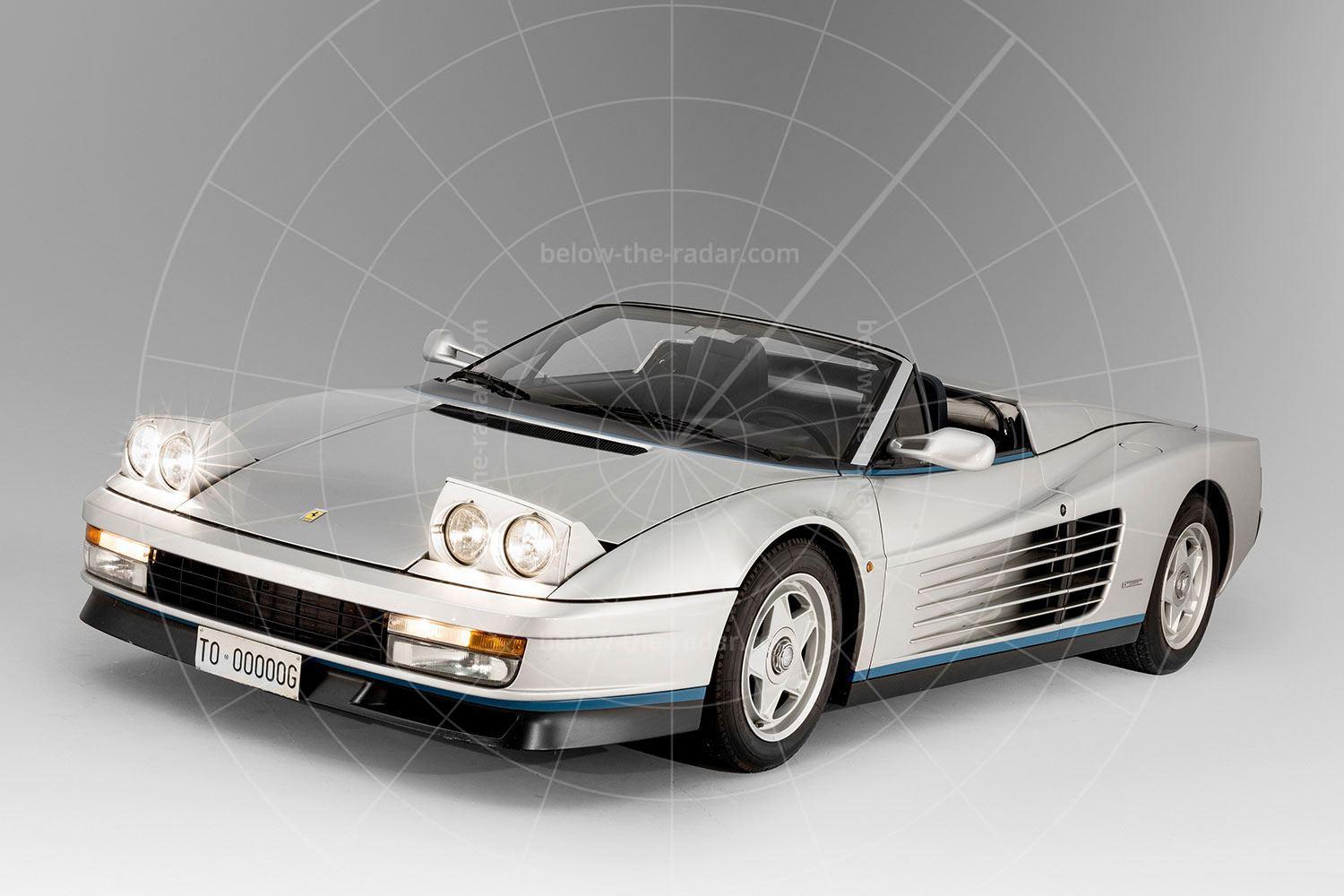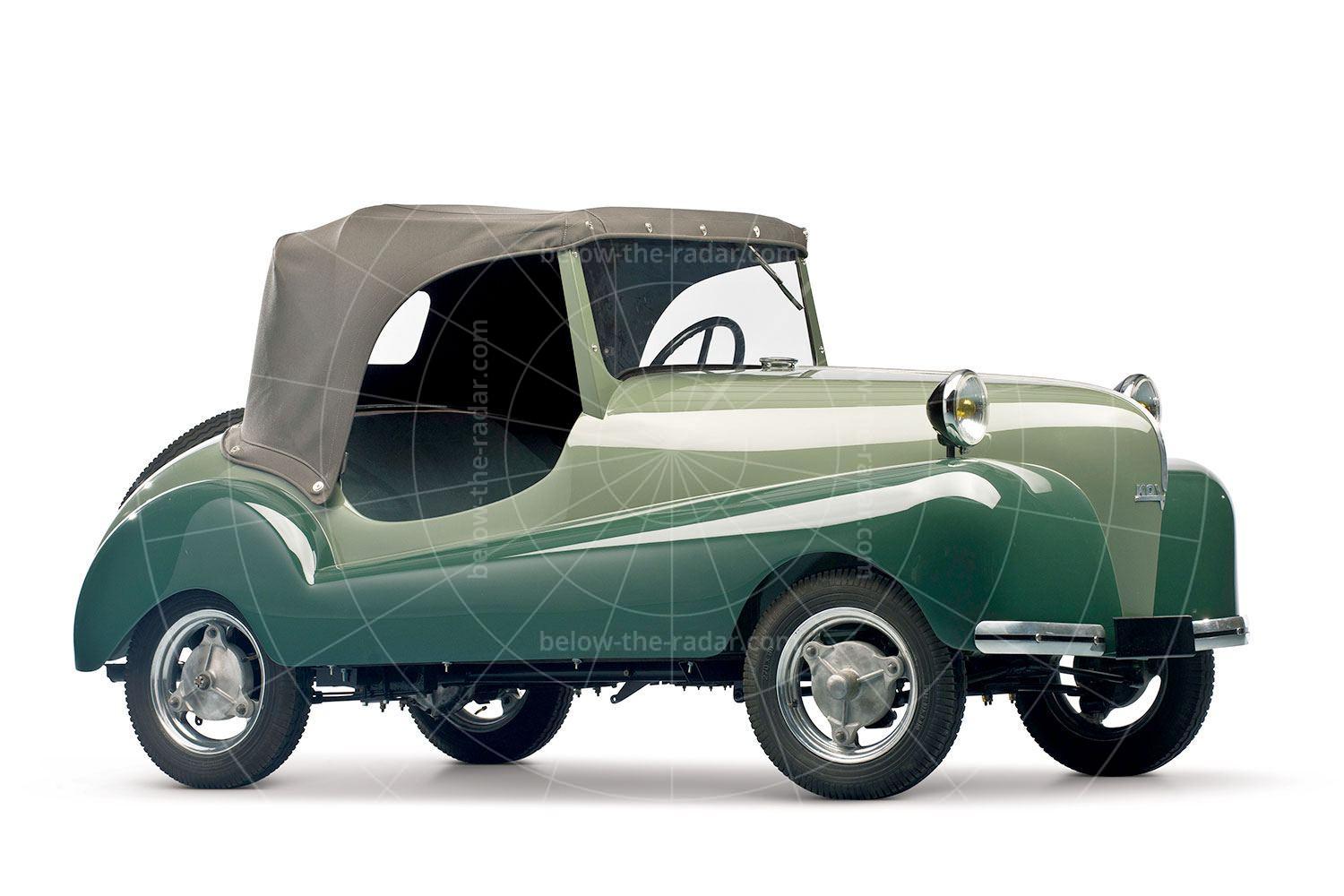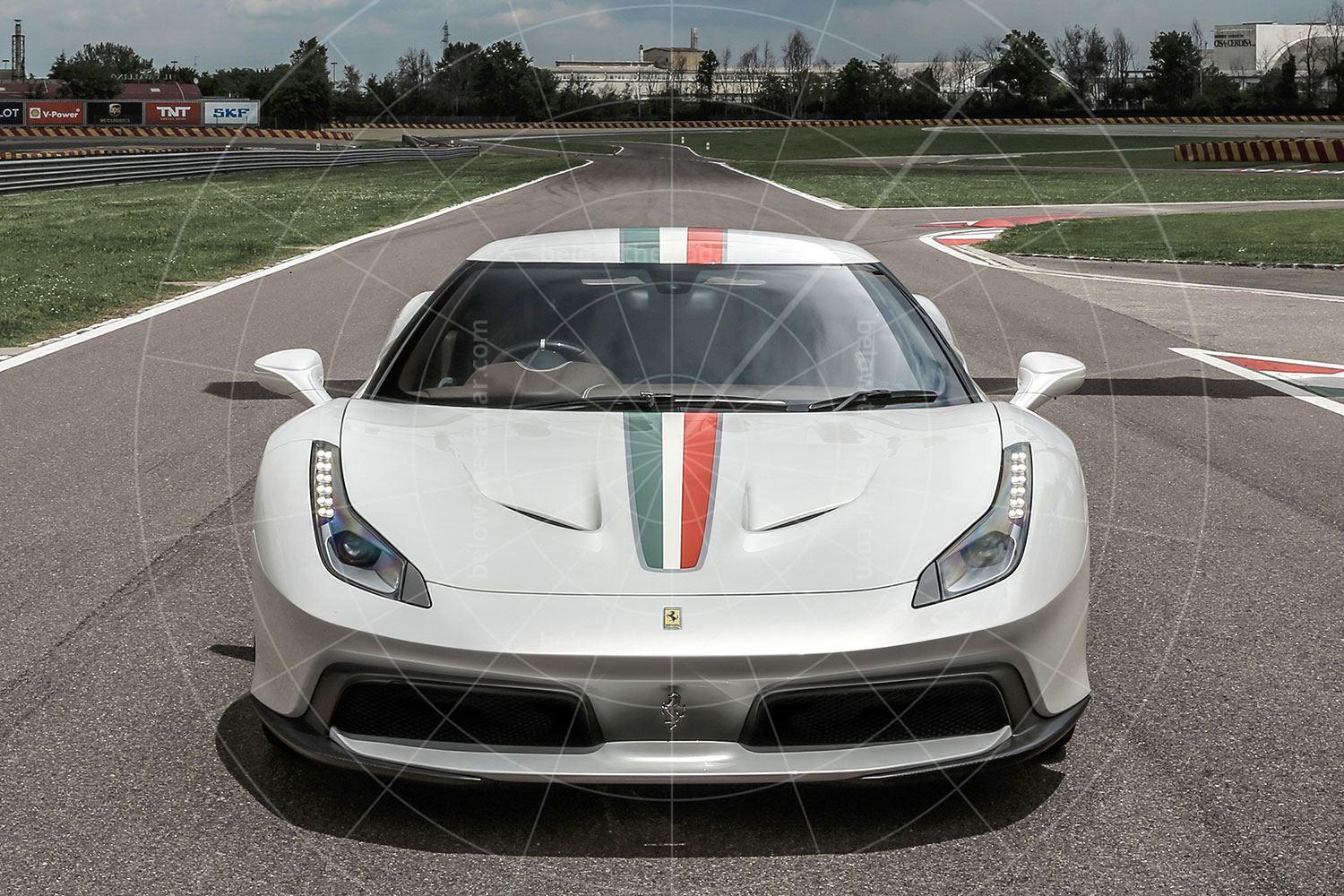The 1970s was the decade of the car designed using only a ruler and a set square. It was the era of the wedge and it produced such lovelies as the Lotus Esprit, Triumph TR7, and the wedgiest wedge of all, the Bond Bug. And then there was this, the Hustler, designed by Williams Towns who was also responsible for the truly wedgetastic Aston Martin Lagonda.
Created for those who had enough money for either a conservatory or a car but not both, the Towns Hustler was a combination of the two, allowing buyers to kill two birds with one stone. Having come up with the Hustler concept and design on his own, William Towns' plan was to collaborate with Jensen Special Products (JSP), the latter having been formed in the wake of Jensen's bankruptcy in 1976. Although its premises had been sold off by the autumn of that year, the Hustler was intended to be built in a corner of the old Jensen works in West Bromwich on the outskirts of Birmingham.
Launched in 1978 as the Hustler 4 with an A-Series Mini engine, the new car was intended to be suitable for third-world countries, so building it required the minimum of machinery and skill. To that end Towns came up with a design that used folded steel panels, so no press tools were required. The plan was for Towns to explore the possibilities of overseas sales while Jensen would focus on the UK market, selling the Hustler for £2242 in kit form, with a decent second-hand Mini then available for around £300.
Although the Hustler looked flimsy, its box-section steel chassis was immensely strong and its integral roll cage allowed replaceable glassfibre body panels to be easily attached. The flat side panels were interchangeable between sides, while the front and rear bumper panels were also identical. The slide-back doors were made of bronze-tinted glass to help keep the cabin cool, but the load-bearing roof was hinged in the middle, so it could be opened up as a sun roof.
The interior was designed for maximum flexibility. The prototype featured two individual plastic moulded seats (actually stackable canteen chairs!), but a bench seat could be fitted instead, while the rear had no seats at all, although it would have been easy enough to fit them, or as Towns pointed out, the Hustler could also have been configured as a micro camper.
When the Hustler was unveiled at the end of 1978, William Towns commented: "I conceived, designed and built the first Hustler in three months. It was an exercise in simplicity, but it turned out to be fun to drive, easy to use and perfect in town because of its commanding driving position and astonishing visibility. It is a splendid car kit for owner completion.
"Nothing appeals to a designer quite as much as a fundamentally simple object that has nevertheless an elegance born out of its very nature. Cars are different, essentially complex, invoking strong likes and dislikes, but every now and then every car designer likes to go back to first principles. The Hustler is the result of my doing this, conceived around the belief that flat glass and straight lines need not necessarily mean a childishly naïve shape. The secret lies in the carefully judged proportions, the interplay of angles. Every surface is flat, every bend is two-dimensional. Though it would meet the needs of a third-world market, its stylishly rugged body form suits it equally for the Champs Elysee where the Matra Rancho is currently enjoying such success".
It didn't take long for the Jensen collaboration to fall apart, but Towns wasn't going to let this setback get in his way. In 1979 he put the Hustler into production at his own home near Moreton-in-Marsh in Gloucestershire, using the brand Interstyl, and over the next decade or so he would launch one new derivative after another.
First to be added to the range were the Hobo (a pick-up) and the Hustler Six, with a third axle as seen in the accompanying pictures. There was also the Sprint (with a lower roof line) along with the Hustler in Wood, which was launched in 1980 with marine-ply panels in place of the more usual glassfibre outer skin. This was the kit car builder's dream as they could simply buy the mechanical parts and a set of diagrams to produce all of the bodywork themselves, using their own materials from a local timber merchant.
Over the next few years would come the wheelchair-friendly Hustler Harrier along with the entry-level Hellcat 4 and Hellcat 6. The latter two were versions of the Hustler with everything intact below the waistline, but above it there was just the bonnet and windscreen, with everything (in terms of bodywork) aft of the B-pillar removed to minimise weight and cost. Towns reckoned a Hellcat needed just 40 hours to complete it, along with some Mini running gear. With the four-wheeler kit priced at just £999 including taxes, and the six-wheeler at £1150, stand-out motoring had never been so cheap.
By summer 1982, William Towns was already on his fourth iteration of the Hustler's structural design. Along the way he had managed to reduce the car's weight significantly, simplified the build process and incorporated a means of allowing the fitment of moulded interior trim panels, to spruce up the cabin. At this point the Hustler Six was priced at £1995 in kit form, which consisted of a complete body/chassis unit ready fitted with all of the panels, glass, door locks and some lighting.
The buyer then had to source the Mini front subframe (with suspension), engine and gearbox, steering column and rack, rear subframes, braking system, pedals, wiring, instruments, horn, windscreen washers and heater – along with the fuel tank (from a Mini van or estate) and the exhaust (a lengthened Mini system). Also on the buyer's shopping list were the headlights (from an Avenger or Allegro), seats, wheels and wiper motor. Towns reckoned it was possible to get a Hustler Six on the road for well under £3000.
The new derivatives continued to be introduced as the eighties progressed, with an amphibious edition launched in 1984, alongside a Hustler ice cream van. By this point Towns had sold 170 Hustler kits when he came up with an idea: an optional inverted Hustler roof that could be used as a rowing boat and which could be transported on the roof of any Hustler Six. The amphibious edition was essentially a Hustler mated with an eight-wheeled Crayford Argocat.
Towns kept up the momentum in 1985, with the introduction of the Force 4 and Force 6, which were longer and wider than the regular Hustlers, more luxurious and they also featured regular doors rather than sheets of glass that slid back and forth. This was also the year in which he introduced the ultimate Hustler, the Highlander. Gone was the wheezy BMC A-Series four-cylinder engine, replaced by a Jaguar 5.3-litre V12, which incredibly fitted fairly easily beneath the Hustler's stubby bonnet. The Highlander came only in six-wheeled form (yet it was still shorter than a Rover SD1), but it was only the central set of wheels that were driven.
The Highlander's oily bits were taken from a Jaguar XJ12 and it was also XJ12 subframes that carried this ultimate Hustler's brakes and suspension. Priced at £3444, it's reckoned that eight people bought a Hustler Highlander kit.
William Towns died in June 1993, aged 55. By then he had introduced an incredible 72 different versions of the Hustler and more than 500 had been built, although production had ended before his death.
Many thanks to Jane Weitzmann of jhwclassics.com, for the loan of her Towns Hustler Six for the photography.
- More on the Hustler at AROnline.

